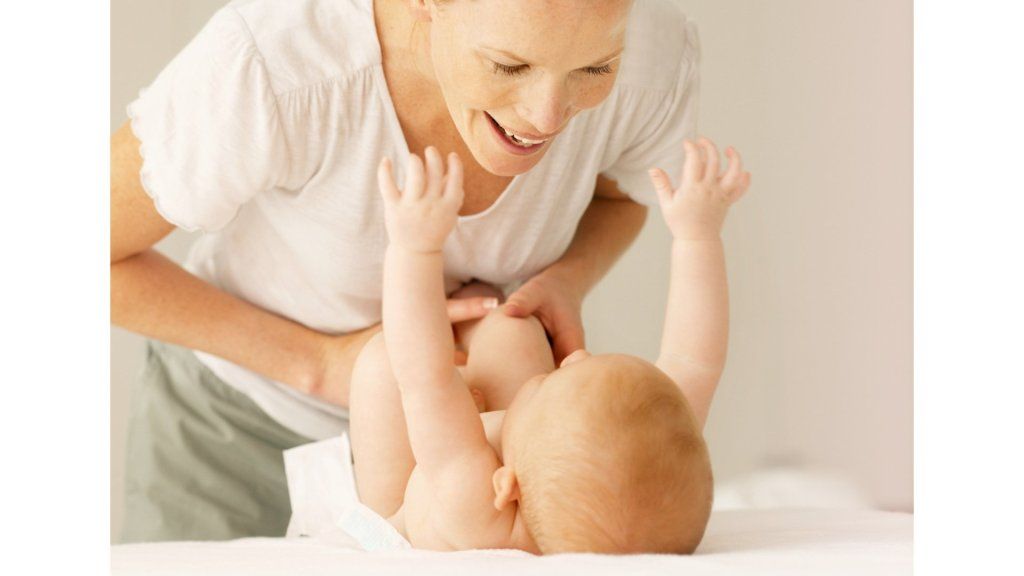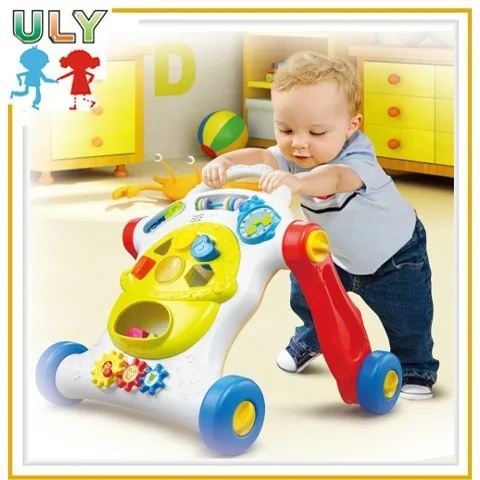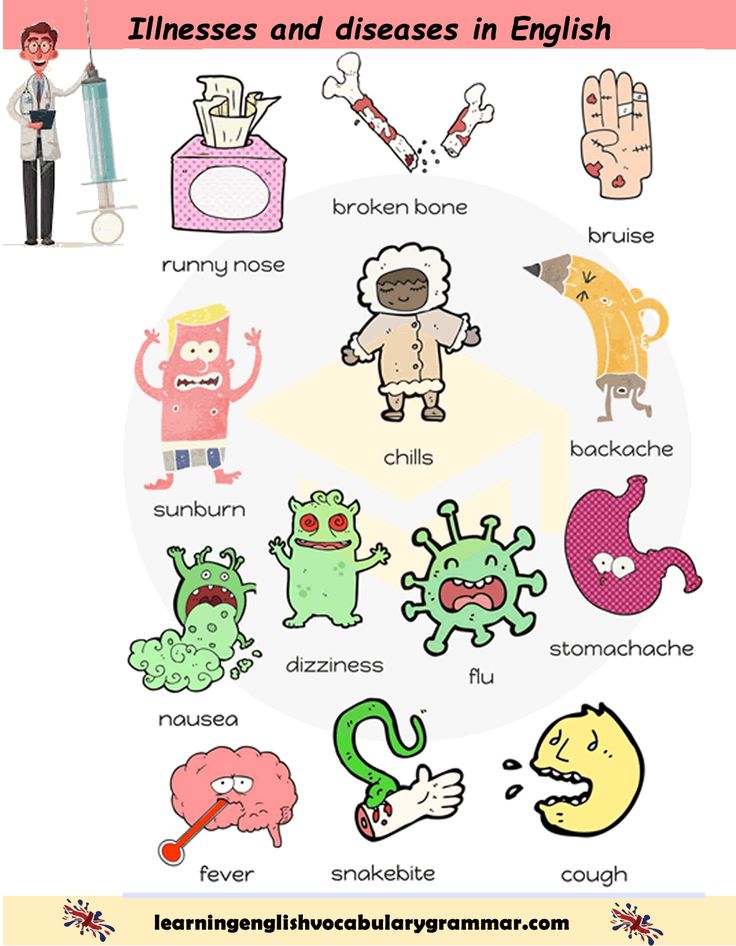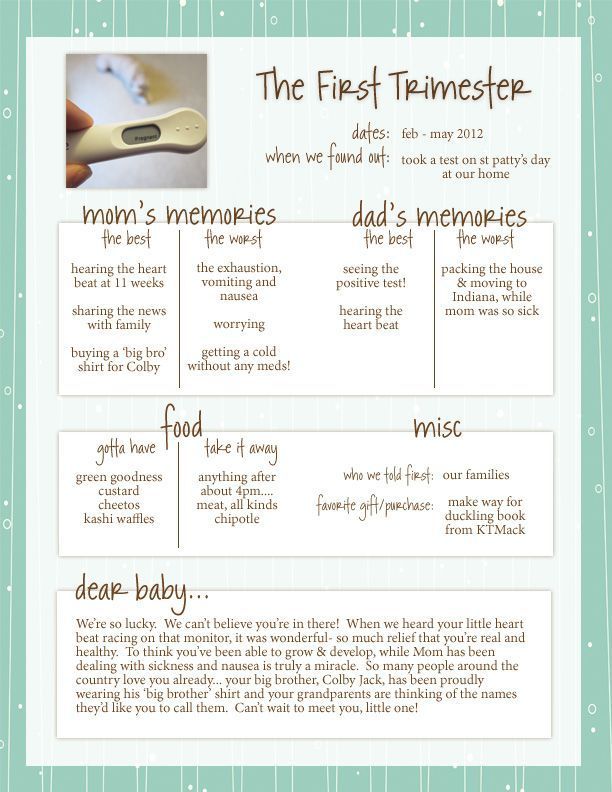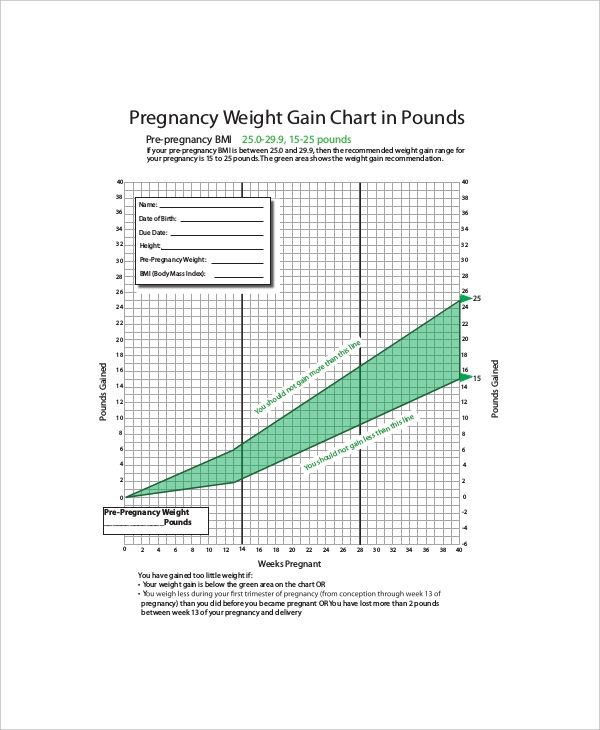How to raise a low media child
How to Raise a Low Media Child (Without Going Insane)
Screen time in excess can be harmful to infants and toddlers. Luckily there IS a way to have a low media (or media free) child without losing your mind.
Written by Mindy Wood
We all know that screen time in excess can be harmful to infants and toddlers, and that it isn’t great for older children either. And I would guess that there aren’t too many parents out there that want their children to struggle with things like obesity, ADHD or cognitive and language development.
So why are so many young children still getting so much screen time? Well, because parents are tired!
Caregiving—especially quality caregiving—requires a ridiculous amount of attention, patience and energy. It’s totally understandable to want a few moments of peace every day to (gasp!) use the bathroom alone.
So, are a few minutes of television going to irrevocably damage your child? Of course not. But what if you could have a break without using the TV or your iPhone to entertain your little one?
Luckily there IS a way to have a low media (or media free) child without losing your mind. The answer is…
Self-directed play!
Self-directed or independent play is play chosen, initiated and directed by the child. When your child is able to engage in independent play, being with your child becomes less demanding. You are no longer the entertainment. You can sit back and just observe what your child is exploring. You may be able to read, check your email, work, eat chocolate—whatever—and all while he plays and explores. What a relief!
Cultivating intrinsically motivated, independent exploration does more than just give parents a break though. Self-directed play builds social and emotional health, confidence, creativity, self-discipline and problem solving skills. TV can’t even touch those awesome benefits!
In fact, TV damages a child’s instinct for discovery and self-directed play. Not only is increased TV viewing linked to shorter attention spans, but TV viewing encourages the need and desire to be entertained over interest in discovery and exploration. So the more TV they watch, the less they are able to engage in self-directed play and the more they “need” TV. (Same goes for tablets, phones, and all other screens.) What a bummer, right?
Not only is increased TV viewing linked to shorter attention spans, but TV viewing encourages the need and desire to be entertained over interest in discovery and exploration. So the more TV they watch, the less they are able to engage in self-directed play and the more they “need” TV. (Same goes for tablets, phones, and all other screens.) What a bummer, right?
Luckily, self-directed play can take care of your need for a break as well as encourage your child to engage in more self-directed play!
So, the 10 million dollar question is: how do you get your child to play independently?
Turn Off the TV
As I said, watching TV can actually decrease children’s ability to engage in self-directed play so stopping TV viewing is an obvious first step.
Some families will find that going cold turkey works best, while others gradually wean TV watching out of their child’s daily schedule. It will also depend on your child’s age.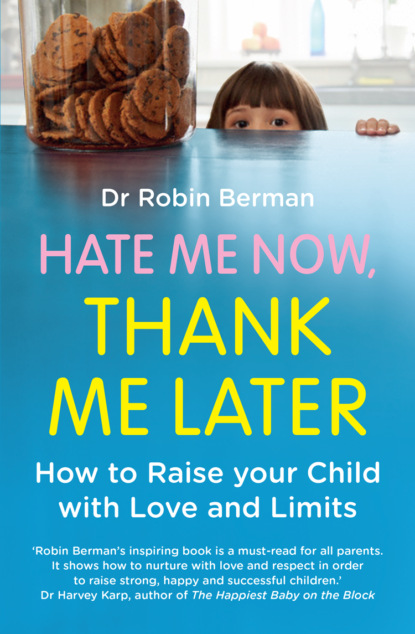
Here are the AAP’s guidelines on screentime for kids
Per this article, the AAP recommends the following screen time limits by age.
- 0-18 months – no screen time (except for video chatting)
- 18 months to 2 years – the AAP mentions that media can be educational beginning at 18 months, though they don’t sound very convinced of this
- I’m assuming the AAP recommend less than 1 hour of screen time for 18-24 month olds, but they don’t say.
- 2-5 years old – no more than 1 hour per day
- 5 years and beyond – the AAP don’t recommend a specific amount of screentime but do urge parents to place consistent limits
Note that these are upper limits.
There’s no benefit to television for young children despite what marketers want you to believe, so erring on the side of caution is a good idea.
If you need some help breaking a TV habit this article written by Janet Lansbury is very useful.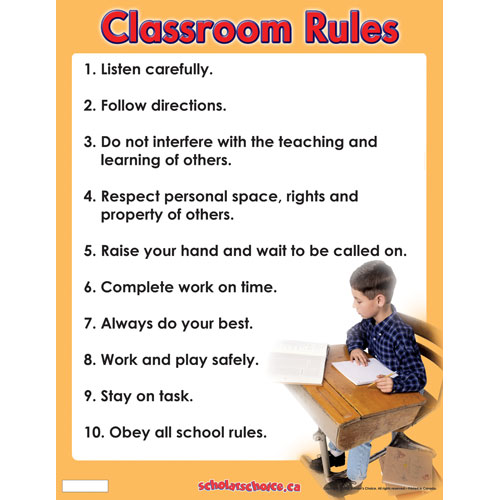
How to Raise a Low Media Child (Without Going Insane)
Get free updates based on your toddler’s birth date! – Free Updates on Toddler [In-article]
Sign me up!
Create a Safe and Engaging Environment
The way you design your environment will depend on many factors but here are some guidelines to get you started. Don’t be overwhelmed; there are many inexpensive ways to create an appealing environment for your child. Be creative!
Safety is the number one concern. If you want to be able to leave the room or focus your attention elsewhere, the environment must be 100% safe. This might mean gating off unsafe rooms or gating an area of your living room for the child to enjoy.
If you can, an outdoor space is wonderful! If you have an open floor plan, a wood stove or lots of stairs it can be challenging but gates, outlet covers and drawer locks are your friends!
Organize your child’s play space so that it is engaging and orderly.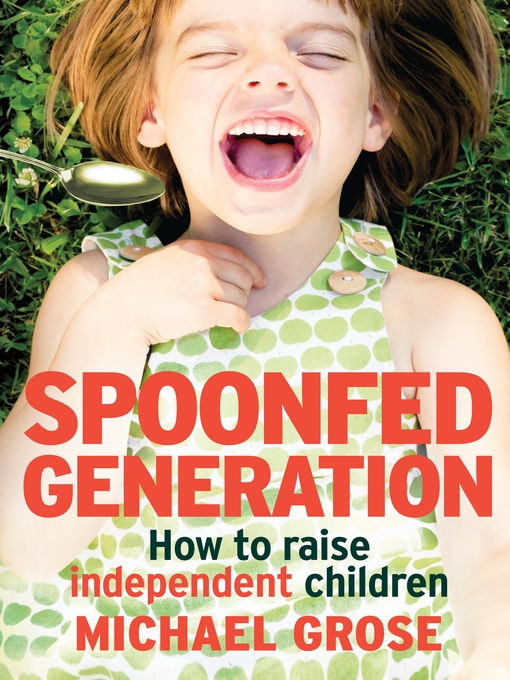 Children are especially sensitive to disorder. Keeping things neat, tidy and uncluttered (as best you can!) helps your child to stay focused.
Children are especially sensitive to disorder. Keeping things neat, tidy and uncluttered (as best you can!) helps your child to stay focused.
- Instead of putting toys into large toy boxes, place materials in smaller baskets, on trays or on shelves. This makes viewing and choosing materials easy (learning to put them away is much easier too).
- Make sure all materials are accessible to your child (they don’t have to ask you to get something down) but remember that if they are not using a material appropriately you can always put it away for another day.
Find a balance between enough toys to offer choices but not too many so that your child feels overwhelmed or overstimulated. When there are too many toys children tend to play with each one for a shorter time. You can store excess toys and rotate them out depending on what she is most interested in. When you rotate these toys back in it’s like having brand new toys!
Child sized tables and chairs are a great addition to the play space.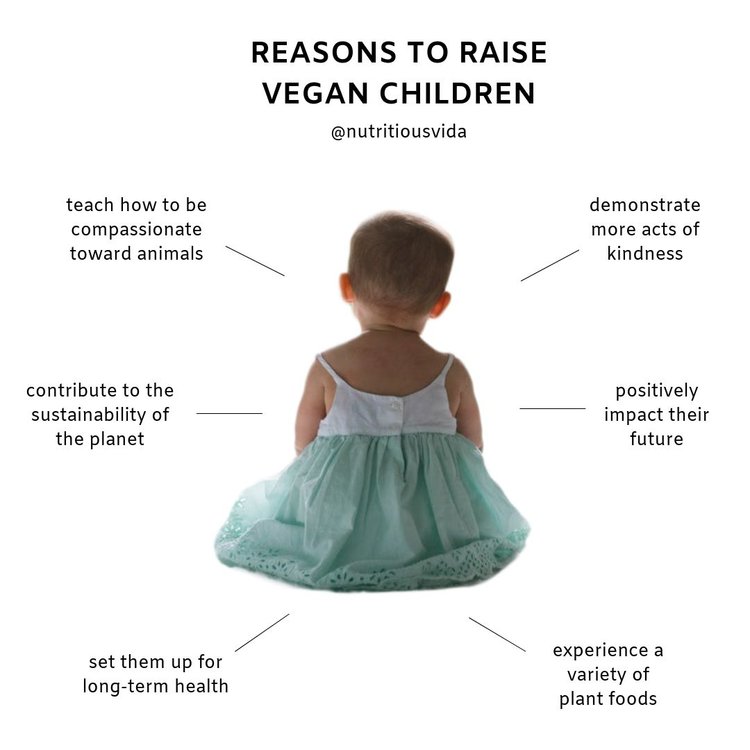 When a child sits in a chair that is just his size he is more confident and able to focus on his activities. Child size furniture can be expensive but you can save a lot by finding them used or you can get creative and use what you have available (we used a file folder as a mini table for the longest time!).
When a child sits in a chair that is just his size he is more confident and able to focus on his activities. Child size furniture can be expensive but you can save a lot by finding them used or you can get creative and use what you have available (we used a file folder as a mini table for the longest time!).
Stools are great for cultivating independence as they help your child to do a lot for themselves that they would otherwise need help with (reaching the sink, removing clothing, helping with cooking).
How to Raise a Low Media Child (Without Going Insane)
Choose Toys Wisely
When selecting or deciding whether to keep a toy, remember that simple is good.
Choose toys that will foster imagination and discovery rather than toys that move or make noise. In fact, get rid of (or take the batteries out of) all battery-powered toys. As infant expert Magda Gerber said “Active toys make passive children; passive toys make active children. ” And active children are wonderful at discovering fun and entertaining activities that will keep them engaged!
” And active children are wonderful at discovering fun and entertaining activities that will keep them engaged!
Here are some ideas for toys and stations that you can incorporate into your child’s play space.
- Montessori style grasping toys
- Montessori (rolling cylinder)
- Textures basket
- Containers to be opened and closed. Recycled food containers are great for this.
- Art table. Add crayons, paper, stickers, and scissors in neat containers. You can opt for washable crayons, for easier cleanup.
- Dress up basket. Collect old clothes, costumes, scarves etc.
- Nature tray. Go outside and pick up a few leaves, pinecones, rocks etc.
- Blocks
- Cars or trains
- Books
- Musical instruments
- Kitchen with play food, pots and pans, broom and dust pan, and dust rag.
- Puzzles
- Sensory materials that your child can put her hands in. Offer different spoons, cups or other tools for her to manipulate the materials with.
 Some ideas: sand, rice, water, beans, play dough, ooblek.
Some ideas: sand, rice, water, beans, play dough, ooblek. - Sorting or matching trays.
How to Cultivate Self-Directed Play
Observe and follow your child as they explore their surroundings. You will learn more about which materials she enjoys and which ones she ignores (those can be put away).
- Resist the urge to help. Allow your child to struggle a bit. It’s all part of learning. Don’t show them the “right way” to use a material. Let them explore! If you choose materials that are age appropriate then your child will be able to use them without your help anyway. There will be times when you may need to offer some support and that’s ok too.
- Don’t interrupt. Children are doing very important work when they are playing. When you let them explore their environment on their own terms they are learning that what they are interested in is worth being interested in.
- Trust him. Let him decide what to play with, how to play with it, and for how long.
 Some days he may focus on one toy for a long time, others he may jump from one toy to another. Both are ok. The important thing is that he learns to follow his inner compass and develop the ability to direct his own play for long periods of time. It will take time and effort but soon you will find that your child is so focused on what she’s doing that you can read a few lines of the newspaper, get dinner started, or just relax… Phew!
Some days he may focus on one toy for a long time, others he may jump from one toy to another. Both are ok. The important thing is that he learns to follow his inner compass and develop the ability to direct his own play for long periods of time. It will take time and effort but soon you will find that your child is so focused on what she’s doing that you can read a few lines of the newspaper, get dinner started, or just relax… Phew!
What about you?
How do you limit screen time and encourage actual play in your home?
Low Media Child - How To Raise a Child With No Screens
Have you ever wondered how to raise a low media child? It’s not as difficult as it may seem! In fact, by following some simple tips and tricks, you can help your child enjoy a healthy and balanced media diet. So what are you waiting for? Read on to learn more!
Imagination first
“What is this” I exclaim as I pick through bandaged soft toys and a dog under the blanket.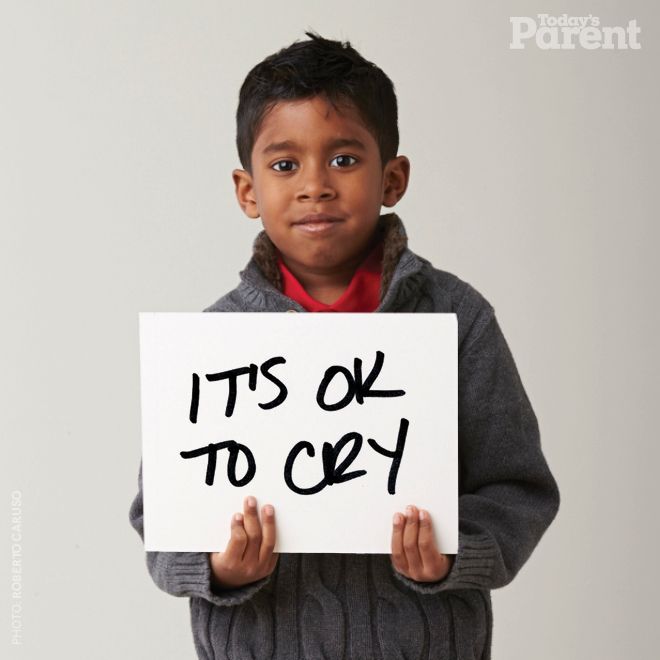 By the bottom of the stairs, I discover my sitting room, of course, has been transformed into a vet’s practice. Our poor patients, menagerie of animals, look at me pleadingly as I make my way towards the kitchen. No chance, I think, coffee first: then the sitting room vets.
By the bottom of the stairs, I discover my sitting room, of course, has been transformed into a vet’s practice. Our poor patients, menagerie of animals, look at me pleadingly as I make my way towards the kitchen. No chance, I think, coffee first: then the sitting room vets.
I think we are like everyone else – but unlike so many children, my children don’t have iPads or computer games and we don’t have or watch a telly.
We are not Amish or mad. I’m an Illustrator and my husband is an Engineer. We went to normal schools, with normal parents: but we chose to raise our children without tech.
I guess you might have heard of families like mine, tech free nut-bars that wander about in long hippy skirts and do yoga semi-constantly. In your head my children are called Hush-aby-Ocean or Poppy-Snowdrop. We probably only eat lentils and are judging you constantly.
In truth we are a run of the mill family, I try to grow our own veg, but I’m a terrible weeder and by September the garden is a rampaging mess, so we buy a local veg box instead.
We want what all parents want: to raise happy, healthy children.
Screens, screens everywhere!
Plugging in and switching off, the children started almost immediately. When our friend’s babies were old enough to grab, they had a phone with bright moving pictures thrust into their hands. The smallest frustration or struggle quashed by Nanny Smartphone.
You never stood a chance – tech firms have entire departments dedicated to applying the psychology of addition to your device. Just keep scrolling. They know that the younger they can catch children in the smartphone trap the harder it is to stop that behaviour – just like any other addict. By 2020 almost half (46 per cent) of young people aged 12-16 reported that they feel they’re addicted to their smartphones[1].
This just didn’t seem like a good sell to us.
If you can push the shorter attention spans, access to porn and nudes to one side and forgive Nanny Smartphone these flaws—then consider her truly dark side – the leading cause of death in under 16’s is now suicide. Research shows us clearly the link between smart phone use and suicide. Depression, anxiety, aggression, and antisocial behaviour are casually linked to time on smartphones.[2]
Research shows us clearly the link between smart phone use and suicide. Depression, anxiety, aggression, and antisocial behaviour are casually linked to time on smartphones.[2]
I can’t find the evidence that there’s an advantage for the kids.
Our Maths wheel is designed to combine beauty and mathematics. The Maths Wheel helps children see and feel the beauty in the times tables while learning multiplication.
Letting them play with the wheel, singing the tables while they move the cord, just letting them trace patterns and shapes with numbers: it all lets the children make those essential number connections, without fear.
You can view it here: https://waldorffamily.com/product/maths-wheel/
Where are the benefits?
In schools they are pushing the same tech for children to get them engaged with Maths, and in fact throughout STEM subjects.
We do have a problem in the UK with our STEM knowledge base, we simply don’t have enough talent. We are in the middle of the fourth industrial revolution, the tech race and we are not keeping up.
While online learning and YouTube clips have been helpful over lockdown and it gives teachers lots of data, does it really help our children learn? Deeply learn to ignite a passion for STEM subjects.
I would argue that the evidence shows us it does not.
The technological revolution, just like the industrial revolution before it requires us to think and make hard choices. “Everyone is doing it” is not enough. Independent thinkers before me have rejected female subjugation and slavery. We reject smartphones and digital learning platforms as something to simply swallow without thought.
I believe the Waldorf Schools have it right to teach children at around 12 to build computers, having engaged and fuelled their imaginations for 12 years children can then understand tech as a tool, like the hammer and saw before them, they can see the worlds problems with their fresh eyes: and if they have not been programmed to be a user of technology , limited to consumption, then they can become the architects of the future.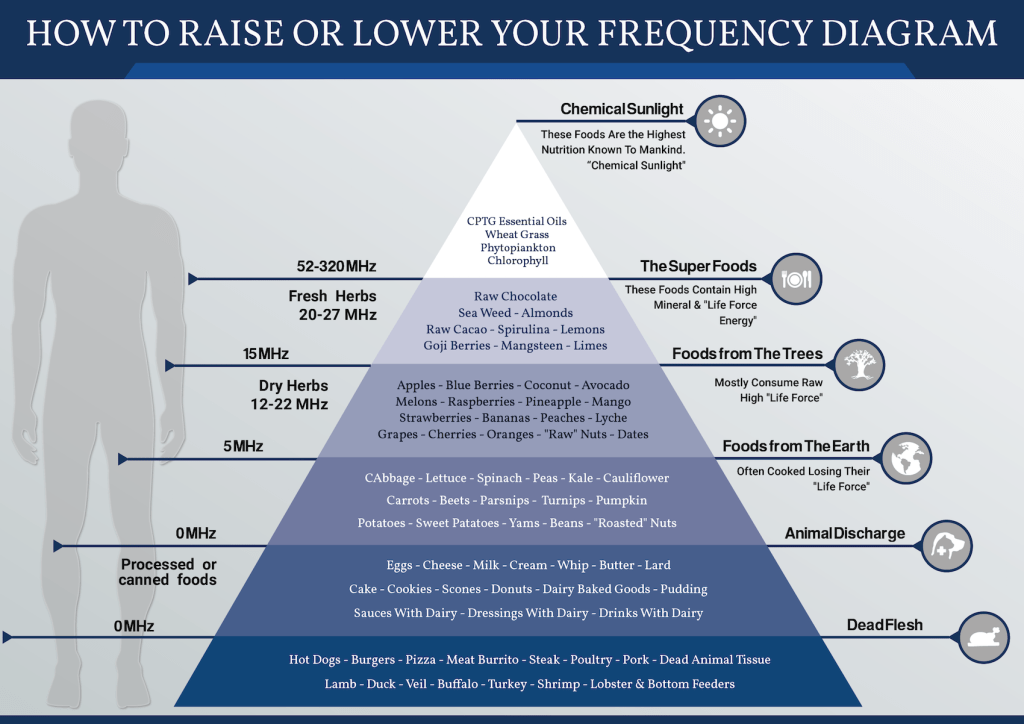
Google and the blue chip companies don’t want programmed unimaginative users who can scroll quickly. They were radical, divergent free thinkers who can learn the programming language of the time—as it changes so quickly. If you have a human who is engaged with learning, able to work with people and assimilate new information, these people will be the leaders and architects of a better society tomorrow.
Who wouldn’t want that?
About Stephanie Green
Stephanie Green, is the Artist and founder of Wilded Family. Bring art and colour into people’s homes and children’s learning. Sustainable home decor and educational products for families that celebrate the beauty and wonder in all things and encourage curiosity.
Follow on Instagram
Follow on Twitter
Like on Facebook
Wilded Family
We aim to engage hands, hearts and minds using beautiful flowing colours and original illustration. For us, beauty is everywhere and thoughts are turned into forms. Nature is the first source of creation and inspiration.
Nature is the first source of creation and inspiration.
We believe that soulful thought translated into forms and colours can vivify home and we should all have art in our lives. We understand the importance of creating a home slowly, the need to think about the future, the urgency to become more aware of how our decisions have an impact on the world around us. Products we design are a balance of functional utility, spiritual function, artistic design, and sustainability.
We use materials from the earth because they are handled with care and do no harm. Everything we create can be returned to the earth or recycled.
[1] https://internetsafety101.org/Socialmediastats
[2] https://jamanetwork.com/journals/jamapsychiatry/article-abstract/2749480
Care, control and requirements of parents as the main factors in raising a child
Year of publication and journal number:
2003, No. 4
Comment: Chapter from the book "Parents and Children: Relationship Psychology", Ed.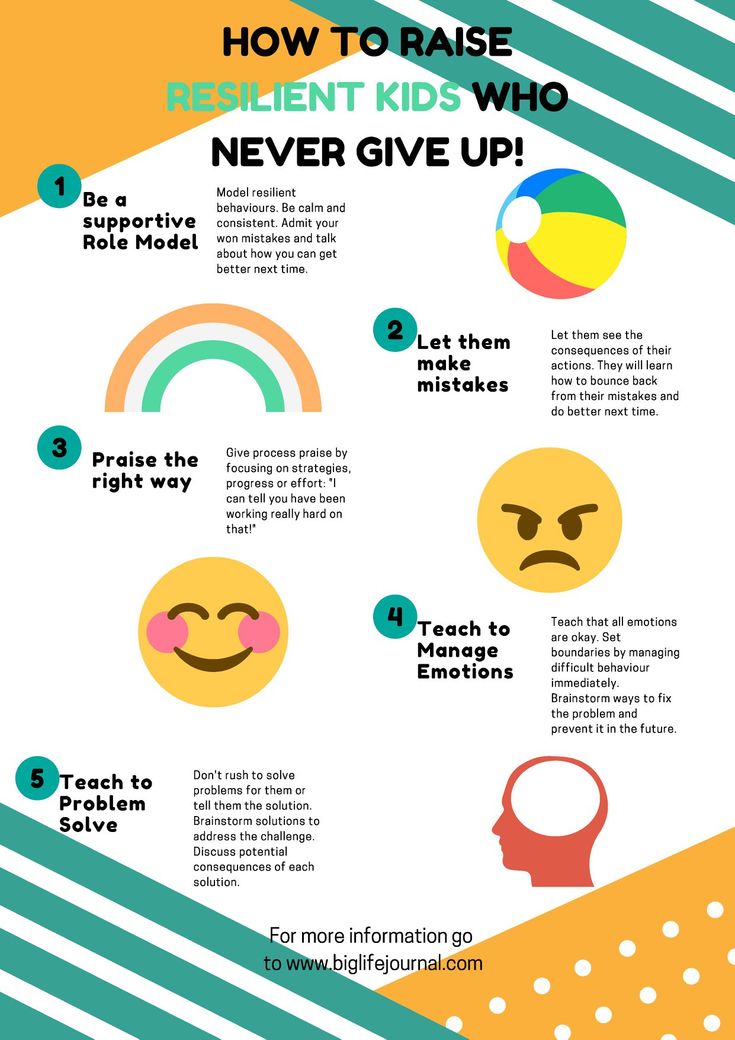 1. Parental care 1. Parental care Parental care Parental care is the leading form of raising a child. The level of care, or patronage, determines how much effort and time parents devote to raising a child. Two extreme degrees of protection can be distinguished: excessive (hyperprotection) and insufficient (hypoprotection) (Eidemiller, Yustiskis, 1999). With overprotection, or overprotection, parents devote a lot of time and effort to the child. In fact, education becomes the meaning of their whole life for them. Hyper-custody is expressed in the desire of parents to surround the child with increased attention, to protect him in everything, even if there is no real need for this, to accompany his every step, to protect him from imaginary dangers, to worry about and without reason, to keep the child near him, to "tie" him to his moods and feelings, demand certain actions from him (Zakharov, 1988). As a rule, care is needed not so much for children as for the parents themselves, filling their unfulfilled and often neurotically acute need for affection and love. With hypoprotection , the child is on the periphery of the parents' attention, "hands do not reach him", parents take up upbringing from time to time when something serious happens (Eidemiller, Justickis, 1999). An important aspect of raising a child is the degree to which his needs are met. This characteristic differs from the level of patronage, since a parent can spend a lot of time educating, but not meeting the needs of the child in due measure. In terms of meeting the needs of the child, two extreme options are also possible (Eidemiller, Justickis, 1999): Indulgence occurs when parents strive for the maximum and uncritical satisfaction of any needs of the child. Ignoring the needs of the child - this style of parenting is characterized by the parent's lack of desire to meet the needs of the child. Most often, the child's need for emotional contact with parents suffers. nine0003 2. The concept of parental control In infancy and early childhood, all the needs of the child are met by adults, and almost nothing is required of him. However, as his motor skills and the ability to control his behavior develop, his parents begin to limit and direct his activity. Undoubtedly, for many reasons it is impossible to give the child unlimited freedom. Certain restrictions and guidance are needed to keep it safe. For example, a child cannot play ball on the street or play with fire or sharp objects. Internalization of the means and skills of control used by parents is an important mechanism for the formation of the child's character traits responsible for self-control and social competence (Stolin, 1983). The internalization of parental standards depends, on the one hand, on feelings of fear, and on the other, on feelings of guilt (Whiting, 1954). When internalization is at a low level, control is exercised by fear of external punishment; when internalization is developed, behavior is controlled by guilt (Whiting, 1954). Effective control involves a combination of emotional acceptance with a high volume of requirements, their clarity, consistency and consistency (Stolin, 1983). Parental control can be represented in a two-pole system: autonomy - control. Maccoby included the following components in parental control (Quoted in: Arkhireeva, 1990): 1. Restrictiveness - setting boundaries for children's activity. 2. Demandingness - the expectation of a high level of responsibility in children. 3. Strictness - forcing children to do something. 4. Obsession - influence on the plans and relationships of children. 5. Arbitrary manifestation of power. It is assumed that the severity of these parameters can be used to judge the degree of authoritarian parental control. Radke (1969)) highlights the following principles and forms of manifestation of the authority of parents and discipline of the child. 1. Philosophy of authority , which is represented by two poles: autocratic and democratic style. 2. Parental restrictions . They can be strict and tough when the child cannot break them. Restrictions can be light and mobile, when a child can break them without any consequences for himself. 3. Severity of penalties . 4. Contact between parents and child . With good contact, parents pay attention to children's problems, share the interests of the child. He trusts his parents, and his relationship with them is full of positive emotions. With poor contact, parents do not pay attention to the problems of the child and do not share his interests. The child experiences a lack of trust in relation to parents, there is also a lack of positive emotional relationships. Baumrind (1971) calls the model of authoritative parental control a combination of parental control and unconditional support for the child's desire to be self-reliant and independent. Parents treat their children tenderly, with warmth and understanding, benevolently, communicate with them a lot, but control the children, require conscious behavior. The model of behavior of parents who rely more on severity and punishment has been called domineering. Parents tightly control children, often use their power, do not encourage children to express their own opinions. The model of behavior of parents who do not encourage children, do not pay attention to raising the child's independence and self-confidence, has been called condescending. The model of harmonious behavior of parents is similar to the model of an authoritative parent in all respects, except for the control, which is rarely used here. The model of behavior of nonconformists is inherent in parents who do not recognize the traditional idea of education. Children's behavior depends on a whole range of educational influences. Both groups of parents - authoritative and powerful - try to control children, but they do this in different ways. Domineering parents rely solely on the use of force, demanding that the child obey them without reasoning. Authoritative ones, on the contrary, take into account the opinion of children, respond to their problems, allow children to show independence and initiative (Baumrind, 1971). A. I. Zakharov (Zakharov, 1988) identifies three types of parental controls: permissive, moderate, and excessive. Excessive control can take the form of authoritarian. Let's take a closer look at these types of controls. With permitting control, there is a lack of prohibitions and instructions, ranging from a small degree of connivance and up to the complete inability of parents to cope with the feelings of children. Lack of control has two forms: the form of hypoprotection and condoning hyperprotection (Eidemiller, Justickis, 1999). Hypoprotection is a lack of guardianship and control, sometimes leading to complete neglect. This form of control is often combined with rejection of the child and is an extremely unfavorable type of parental relationship for the child. The second form of attitude, in which there is a lack of control and demands, is conniving hyper-protection , or raising a child according to the "family idol" type, which is expressed in indulging all the desires of the child, excessive patronage and adoration (Eidemiller, Justickis, 1999, Garbuzov, 1983). With such a parental attitude, the child develops the following internal position: "I am needed and loved, and you exist for me. 1. I am the center of the family, parents exist for me. 2. My wishes and aspirations are the most important. I must carry them out at all costs. 3. People around me, even if they don't say it, admire me. 4. People who do not see my superiority are simply stupid. I don't want to do business with them. nine0003 5. If other people think and act differently than I do, they are wrong. As a result of upbringing by the type of indulgent hyperprotection in a child, an exorbitantly high level of claims is formed, on the one hand, and, on the other hand, insufficiently effective volitional regulation of one's own behavior. Often such children face real problems in relationships with other people, as they expect the same adoration from them as from their parents. Moderate type control combines both the firmness of parents, which does not develop into excessive adherence to principles and perseverance, and a certain situational compliance in relation to the desires and demands of children (Zakharov, 1988). Excessive control manifests itself in the parent's desire to follow every step of the child. Often it extends to the emotional and motor activity of children, to immediacy in expressing feelings, preparing lessons and "free" pastime, which in this case is significantly reduced (Zakharov, 1988). An excess of control is also observed in relation to food intake and the formation of self-care skills in the first years of a child's life. Often, control is in the nature of total, directly or indirectly implied prohibitions, when it is forbidden to do something or even express one's desires without permission. Especially many prohibitions are imposed in the event that children "do not suit" adults with their temperament or character. The abundance of control is characteristic of dominant hyperprotection , in which heightened attention and care are combined with an abundance of restrictions and prohibitions (Eidemiller, Justickis, 1999). Excessive control often takes the form of authoritarian. In the work of TN Zhugina (Zhugina, 1996), devoted to the perception of maternal behavior by children, it was shown that mothers most often use negative methods of control. In the same study (Zhugina, 1996) it was shown that children who are under strict, authoritarian control evaluate their mothers as aggressive. The predominance of authoritarian models of upbringing in Russian culture is a consequence of reacting to totalitarian pressure in communication with the child (Kagan, 1992). Obedience is regarded as one of the main virtues of a child. The family feels responsibility for the development of the child, but accepts it partially: everything desirable is the result of our upbringing, everything undesirable is in spite of it, the result of the bad influence of the school, the street, and the media. This leads to total control of the entire life of the child, experienced by him as distrust, denial, humiliation and resulting in protest. The requirements of an adult relate, firstly, to the duties of the child, that is, what the child must do on his own (self-care, study, help around the house, etc.). Secondly, these are requirements-prohibitions that establish what the child should not do. E. G. Eidemiller and V. Justickis (Eidemiller, Justickis, 1999) described the following systems of requirements-duties of different polarities. Excessive requirements-duties - the requirements for the child are very high, do not correspond to his capabilities, which increases the risk of psychological trauma to the child. Excessive requirements-duties underlie the type of education that can be defined as "increased moral responsibility." The child is required to be uncompromising honesty, decency, following a sense of duty that do not correspond to his age and real abilities, they are made responsible for the life and well-being of loved ones (Lichko, 1985). Insufficiency of requirements-duties . In this case, the child has a minimum number of responsibilities in the family, and parents often complain that it is difficult to involve the child in some kind of housework. Requirements-prohibitions determine the degree of independence of the child, the ability to choose the way of behavior. There are also two extremes here: excessive and insufficient requirements-prohibitions. nine0017 Excessive demands-prohibitions According to their form, the requirements for the child can be divided into two groups: imperative and optative. nine0017 Imperative requirements are presented in a categorical, binding form (order, order, instruction, threat, teaching). Optative requirements express the desirability of the child to perform certain actions (advice, suggestion, request). Excessive control and demands are noted in the so-called authoritarian hypersocialization . Parents demand unconditional obedience and discipline from the child. They try to impose their will on him and do not want to take the point of view of the child. For the manifestation of self-will, the child is punished. The parent closely monitors the achievements of the child in all spheres of life. With this style of upbringing, the personality of the child is formed according to an anxious type. This is mainly due to the fact that, in cultivating obedience, parents give it a self-sufficient meaning. 4. Influence of parental control on the development of a child's personality How do parental control and requirements affect child development? Parental authoritarianism leads to a lack of empathy, the formation of a child's low self-esteem, his orientation to external requirements and standards. The lack of practice of independent search and decision-making leads to the formation of a child's dependence on an adult, to infantilization and disability of the child. Clinical practice shows that patients with the most severe psychosomatic disorders report an excessive tendency of their parents to disciplinary demands, coupled with a lack of love and harsh criticism (Lazarus, 1971). Baldwin (See: Stolin, Sokolova, Varga, 1989) showed how democratic and controlling styles of parenting influence a child's personality. Democratic style is determined by the following parameters: a high level of verbal communication between parents and children, the involvement of children in the discussion of family problems, taking into account their opinions; the readiness of parents to come to the rescue, if necessary, faith in the success of the child's independent activity, limiting one's own subjectivity in the child's vision. nine0017 Controlling style involves the introduction of significant restrictions on the behavior of children, a clear and clear explanation to the child of the meaning of restrictions, the absence of disagreements between parents and children about disciplinary measures. It turned out that in families with a democratic style of upbringing, children had a moderately pronounced ability to lead, aggressiveness, and a desire to control other children, but they were difficult to control externally. Baumrind (See: Stolin, Sokolova, Varga, 1989) in a series of studies tried to isolate the totality of children's traits associated with the parental control factor. Three groups of children were identified: Competent - with a consistently good mood, self-confident, with well-developed self-control of behavior, the ability to establish friendly relations with peers, the desire for research, and not avoiding new situations. The author also identified four parameters of parental behavior that are responsible for the described patterns of children's traits. 1. Parental control. With a high score on this parameter, parents try to have a great influence on children, are able to insist on the fulfillment of their requirements, and are consistent in them. The controlling actions of parents are aimed at modifying the manifestations of dependence in children, aggressiveness to the development of children's play behavior, as well as more successful assimilation of parental standards and norms. nine0003 2. Parental requirements. Encourage the development of maturity in children; parents try to make their children develop their intellectual, emotional and communicative abilities, insist on the need and right of children to independence and self-sufficiency. 3. Methods of communication with children in the course of educational influence. Parents with a high score on this indicator strive to achieve obedience with the help of persuasion, justify their point of view and at the same time are ready to discuss it with their children, listen to their arguments. Parents with a low score do not clearly and unambiguously express their demands and dissatisfaction or irritation, but more often resort to indirect methods of influence - complaints, shouting, swearing. nine0003 4. Emotional support. Parents are able to express sympathy, love and warm attitude, their actions and emotional attitude are aimed at the physical and spiritual development of children. The complex of traits of competent parents corresponds to the presence of four dimensions in parental relationships - control, demands for social maturity, communication and emotional support. At the same time, adequate control presupposes a combination of emotional acceptance with a high volume of requirements, their clarity, consistency and consistency in their presentation to the child. Shoben (1949) found that children with problematic behavior had parents who maintained strict discipline and demanded obedience from children. Watson (1933) studied children who had loving but strict parents and compared them with another group of children whose parents loved their children and allowed them a lot. He showed that giving the child more freedom positively correlates with the initiative and independence of children, their friendliness towards people, better socialization and cooperation, a high level of spontaneity, originality and creativity. Radke's research (Radke, 1969) showed that preschoolers from families with a restrictive, authoritarian parenting style are less lively, more passive and inconspicuous, less popular among their peers. In addition, an aggressive, coercive parenting style is associated with low social competence and peer rejection. Verbal and physical punishment of a child provokes aggressive behavior in children, which can lead to rejection by peers (Travillion, Snyder, 1993). Children of authoritarian parents tend to adopt the authoritarian style of communication and reproduce it in their own families. In the future, such children tend to establish a large social distance with people, to form role-playing rather than interpersonal relationships (Hart, 1957). 5. Techniques for disciplining a childThe essence of parental discipline is to bring the behavior and personality of children in line with parental ideas and requirements. There are three main techniques for disciplining a child: a) emotional punishment; b) technique based on the assertion of force; c) explanatory technique. Emotional punishment is a disciplinary form in which parents influence the child's feelings. This is a refusal to talk with a child, ridicule, a deliberate deprivation of his parental love (“mother does not like this”), an expression of dislike, isolation of the child, stimulation of guilt. For example, a mother may say to a child: “You can’t take sand, you’re sick all the time, I’ll have to take sick leave again, you already tortured me”, “Don’t walk on the sand, I’m tired of doing laundry. Technique based on assertion of power, includes physical punishment, deprivation of pleasures and material resources, verbal threats towards the child. In this case, the mechanism for controlling the child's behavior is the fear of punishment. Power-based discipline has been shown to retard a child's moral development (Cass, 1988). Such parenting practices may be associated with the following factors: high levels of parental stress or depression, the severity of such a personality trait as irritability, low educational level of parents, divorce, parenting a large number of children and poverty (Travillion, Snyder, 1993). By punishing the child, parents achieve short-term comfort, but cannot influence the overall dynamics of the child's development (Waters, 1988). The Clarifying Technique is a relatively mild form of discipline that is characterized by parents trying to explain to their child in the hope that they will understand why they should change their behavior. The development of a child's conscience is positively correlated with how often mothers use praise and persuasion, and negatively with the use of physical punishment. Inconsistency in parental disciplinary requirements (when one parent, for example, punishes and the other encourages) gives the child leverage to manipulate, which makes parental disciplinary measures ineffective (Bandura and Walters, 2000). Parents need to understand the child's behavior. Very often they simply react to his behavior, to what they see or hear, without making an attempt to understand why the child behaves in this way. The easiest and fastest answer is to yell at the child or punish him. In order to effectively respond to the child's unwanted behavior, you need to know: 1) at what stage of development the child is, is he able to control his behavior in the way that the parent requires him to; 2) what type of influence will be most effective for this child; 3) what actually happened that led to this behavior of the child. Ellis, the founder of rational-emotive therapy, believed that discipline should be seen as skills to be learned by the child, not as limitations. In this case, parental influences will be aimed at the development of the child, and not at his restriction and condemnation. The adult should clearly communicate to the child that discipline is the way to make the child happier and more successful in achieving his goals. Discipline can best be understood as a means of developing self-control and self-discipline in the child; it is this long-term goal that an adult should have in mind. The choice of discipline technique should, of course, depend on the age of the child. It is useless to discipline a child of two years, using verbal means and explaining to him the reasons for his behavior. At this age, the feelings demonstrated by the parent have a huge influence on the child. The child still has little defense against anxiety, so he will feel helpless if the parent expresses anger. The use of physical punishment, that is, causing pain to a child, can stop unwanted behavior, but at the same time leads to the destruction of the relationship between the adult and the child. A 5-6 year old child is more able to control his behavior. At this age, discipline may include explaining the causes and consequences of various behaviors. In adolescence, parents are more than ever required to understand the behavior of the child, to see the reasons that encourage the teenager to behave in this way. The teenager fights for independence and does not tolerate when he is limited. On the other hand, he is afraid of independence, because independence means responsibility (Cass, 1988). A parent's disciplinary actions can be interpreted in different ways by a child. For example, a parent separates two fighting children into different rooms. For one child, this may be a boon, as he wanted to be alone in order to finish the building. The other child is unhappy, because he intended to go outside to his friends. Note that almost none of the parents adheres to any one disciplinary technique, they change from situation to situation. However, each parent can identify the dominant type of impact on the child. nine0003 What to do with unruly children - light blogAuthor: Marina Komissarova, psychologist Very often in parent-child communities there are questions about what to do with unruly and completely naughty children. Nothing affects them at all. Many parents are faced with teenage uncontrollability, with the inability to influence a child of 13-17 years old. All three problems are connected from the point of view of psychophysiology. All these are different degrees of the same thing. It's just that difficult children do not always become difficult teenagers, and even less often turn into delinquents. Most safely pass such a period in childhood or puberty, and in adulthood become reasonable and prosperous citizens. However, not all. Sometimes there are people who were quite obedient in childhood or even in adolescence, and then turned into uncontrollable. It rarely happens, but it does happen. nine0003 What is it? First of all, this is a too high frustration threshold. It is best for parents of difficult children to understand this topic so as not to fight disobedience in various wild and harmful (that is, exacerbate the problem) ways, like a belt. For an ordinary child in a difficult period, this is just insulting and creates discord with the parent (and the desire to hide more from him and run away from home early). nine0003 And for a really difficult one, it raises the frustration threshold even more, hardens, turns on and makes the parent a target for struggle. Frustration threshold is a difficult topic for non-specialists. I'll try to explain as simply as possible. Children are born different, each with its own peculiar nervous organization. Children become even more different when a unique developmental experience is added to the nervous organization. Once an excellent scientist Lev Gumilyov investigated the problem of passionarity (and passionarity in many cases is just such a complete uncontrollability and insubordination) and came to the conclusion that passionarity may depend on special flares on the Sun. Modern research tends to the same point of view. Mutations, genetic features, and a special social environment, in which there is a gap between moral meanings, are involved in the appearance of such a nervous organization. By itself, Gumilyov considered passionarity to be a very important and necessary phenomenon for mankind, but he noted that, if misdirected and used, it could turn into disaster. A pronounced passionary does not stop at any obstacles, any obstacle only stimulates him more to be active and to strive for a goal. Even if the goal is good, such a person can be dangerous (especially since the good is relative). What if the goal is not the common good? It is terrible to imagine what such a monster is capable of, obsessed with the idea of remaking the world according to his plan. And why pretend? You can read history. Gumilev also singled out as a separate type - subpassionaries (people whose energy is directed to self-destruction, self-destruction) and harmonious (people who live normally, calmly and fit well into the social framework). All this is rather conditional. There may be a harmonious person with the features of a passionary or, conversely, a subpassionary, and sometimes at different periods of life. From the point of view of psychophysiology, subpassionaries can be attributed to people with a very low frustration threshold, harmonious people - to those whose frustration threshold is normal, but passionaries are people with a very high, sometimes abnormally high frustration threshold. nine0003 The concept of frustration is misunderstood by many, even by some psychologists. Frustration is not aggression that occurs when a person's needs collide with an obstacle. No. Aggression is just one of the forms of reaction to frustration, moreover, Kurt Lewin considered frustration accompanied by aggression to be incomplete. Real frustration is when a person stops moving when faced with an obstacle, gives up, cannot direct the same energy to anything constructive. He simply suppresses it, extinguishes or directs aggression inward. An ordinary person, whose strong need is faced with an obstacle, first tries to overcome this obstacle, then looks for workarounds, and realizing that the obstacle is insurmountable, part of the need frustrates (extinguishes), and part tries to redirect somewhere (does not frustrate). This is a socially adequate being. Ideally, a small part should be extinguished, and a large part should be redirected. This is a well-adapted and stress-resistant personality. nine0003 A pronounced passionary is a person whose need knows no barriers at all. Do you understand what the frustration threshold is? This is such a conditional threshold, which depends on the qualities of the psyche and personality, having reached which a person believes that the barrier is too great and it is pointless to spend his energy further. nine0003 A normal person sees objective “no”, “impossible”, “it will cost too much” and retreats. Passionary begins to rush forward with a vengeance. Yes, barriers only turn on a real passionary. If a person's frustration threshold is very, very high, there is no such barrier that he would consider impassable for himself. From the point of view of psychophysiology, this is a pathology, since such people are rather poorly adapted to life in the environment, and even more so in society, they often die. Frustration threshold too low - same pathology. Such a person gives in from any difficulty, he is ready to accept any external rule as a law and will not try to circumvent it, and, having met any resistance on the way, will immediately give in. The norm is always in the middle, but the peculiarity of people lies in the fact that some normal people have a lower frustration threshold, some have an increased one, and all of them need (and can) learn to live happily. Now imagine a small child. Your difficult and completely unmanageable. nine0003 He is physiologically made differently from his peers with whom you compare him. What's the point of beating him up? If it is from helplessness and anger, okay (better drink a sedative), but if this is a conscious method of education, then you are fools, not parents. The majority of uncontrollable children, bypassing the crisis of 3 years of age (after approximately 4 years), become completely controllable. But (!) If the parents had not already ruined their relationship with them, while they were beating and tormenting them during the three-year crisis. During this time, you can become the enemy of the child, especially if you have a real passionary. nine0003 What is the difference between an unruly child and an obedient and quiet one? Obedient is more sensitive, emotionally responsive, impressionable, anxious, so his frustration threshold is much lower. Mom just looked sadly, shook her head, and his desire to climb over there on that high shelf disappeared. The outer “no” became a sufficient barrier, because his frustration threshold is very low, almost any barrier is enough for him to retreat. You see that a child who is too obedient is also not very good, right? Any external “no” immediately becomes his internal law, he is suggestible, he is completely controllable. What is a very naughty child? Oh, he can't hear you at all. To him, your op is just noise, like the sound of the sea. His excitement from desire (nervous, physiological, his psyche is so arranged) is so strong that you can even kill yourself, but he will climb where he has planned. If the frustration threshold is very high, you can beat him with mortal combat, he will cry, but still climb. No suffering will stop him, because fear is nothing compared to his need. I repeat again, most likely (9out of 10) he will outgrow this period, become adequate, but so far he is. Just accept this fact, for starters. You think in vain that an obedient child is more reasonable and good, his need simply does not have such an energy force. He's not that passionate. His need is weaker, it is easily removed by prohibition. And your terrible child has strong and powerful desires. He is a typhoon. Here's the one you got. What do parents do when they beat and punish such children? They can turn them from possible heroes into possible criminals. What is the difference between a hero and a criminal? The first wants to do something for the benefit of society, the second is anti-social and wants to rob others. The second can be considered a psychopath, and passionaries who were beaten in childhood often turn into psychopaths. Imagine for yourself, their need has incredible energy power, they cannot cope with it, there are no mental reserves. And on the part of society (which is personified by parents and teachers), beatings and punishments come all the time. What is left for the children? Firstly, learn to lie and pretend (for self-defense), and secondly, to hate society as the main enemy, looking for means of struggle and revenge. (This must be understood not for the sake of justifying criminals, but for the sake of reducing their number). nine0003 The percentage of true passionaries is very small. Great heroes and true villains are rare. Most unruly children will later normalize their frustration threshold and become perfectly normal and law-abiding citizens. But it is not necessary during the periods of their riots to spoil relations with them and turn them against yourself and society, making life difficult for yourself and social adaptation for them. And what can be done, I'll tell you now. Now I can’t say what to do with children with a real conduct disorder (who even at 8-10 years old destroy everything, behave aggressively and do not respect the minimum rules) and how to correct adolescent psychopaths, this is too difficult a problem (although interesting and a lot of research and experimentation is underway). But I can tell you what to do with young children with a high threshold of frustration, those who do not want to obey, are very stubborn, insist on their own, lie (because they are punished) and violate all prohibitions. nine0003 It is very difficult or impossible to frustrate their energy, sometimes it is easier for them to break all the bones than to prohibit them from wanting something and climbing somewhere. You can redirect your attention. This is the only option. And it is better to occupy their attention BEFORE they choose a destructive goal for themselves, otherwise it will be difficult to distract. nine0003 You need to get their attention in advance. There will be a wasteland, they will fill it themselves and in a way that you will not like it. Parents should understand very well that the main enemy of such children is BOREDOM. Out of boredom, such children are ready not only to violate parental prohibitions, but to jump out the window and this is not a joke. Understand that people's minds are different. And the unformed children's psyche is especially bizarre. Anxious children tolerate boredom much better, but such children cannot at all, boredom kills them and blows their minds. Here is the experience of a father who turned out to be so attentive and smart that he immediately realized that the scourge of his difficult child (which all nannies, kindergartens and even the mother agreed to refuse) was boredom. He becomes very aggressive out of boredom (and there is most likely a genetic feature, because his father is the same), and in an interesting game - he is very adequate, quick-witted, responsive, a normal child. Never put such children in a corner, do not punish them with boredom and sitting on a chair, do not act like stupid monsters, they can't stand boredom anyway, and you torture them even more. nine0003 If you beat such children, you not only create the image of adult enemies in them, but also raise, harden their pain threshold, and soon they begin to love to fight, love even physical punishment, love blood and beatings (inflict and receive , Yes). Boredom is so unbearable for such children that any pain and danger becomes a boon for them. And you additionally accustom them to pain, make pain habitual or even pleasant for them. What for? nine0003 It is better to let their pain threshold remain lower, then reverence, a barrier will remain before pain, and they will risk their health less in their life. Pain has a protective function, it is not necessary to abolish it, it is very dangerous. The only way to deal with such children is to keep them constantly in a state of some kind of enthusiasm, some interesting tasks. Oh yes, it's hard, but it's the only way. As soon as they get bored, they begin to violate your prohibitions, do everything that is impossible, rush to dangers and adventures. Don't compare your child to others. The other one has a different mentality, he endures boredom better, he can focus on a book or a toy for an hour (too low a threshold of frustration is also bad, I repeat, up to a certain age, healthy children should be restless), but yours is like this, he is unbearable in ordinary conditions, he needs constant action, a constant game, a constant change of events, a constant load, mental and physical. Your task is not only to feed him and put him to bed, but also to provide him with an adequate level of workload, impressions and incentives. |
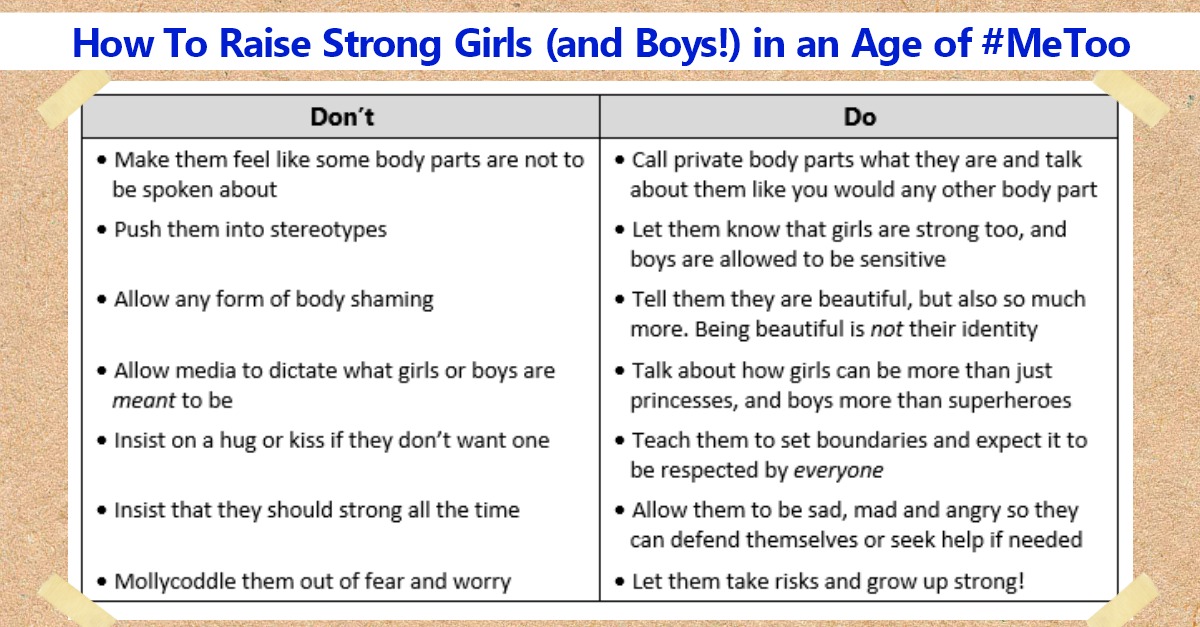 The desire of the mother to "attach" the child to herself is based on a pronounced feeling of anxiety or anxiety. Overprotection can be motivated both by anxiety caused by the loneliness of parents, and by instinctive fears that misfortune may happen to the child. This can be expressed in such phrases: “Just don’t linger, otherwise I’ll worry”, “Don’t go anywhere without me” (Zakharov, 1988).
The desire of the mother to "attach" the child to herself is based on a pronounced feeling of anxiety or anxiety. Overprotection can be motivated both by anxiety caused by the loneliness of parents, and by instinctive fears that misfortune may happen to the child. This can be expressed in such phrases: “Just don’t linger, otherwise I’ll worry”, “Don’t go anywhere without me” (Zakharov, 1988). 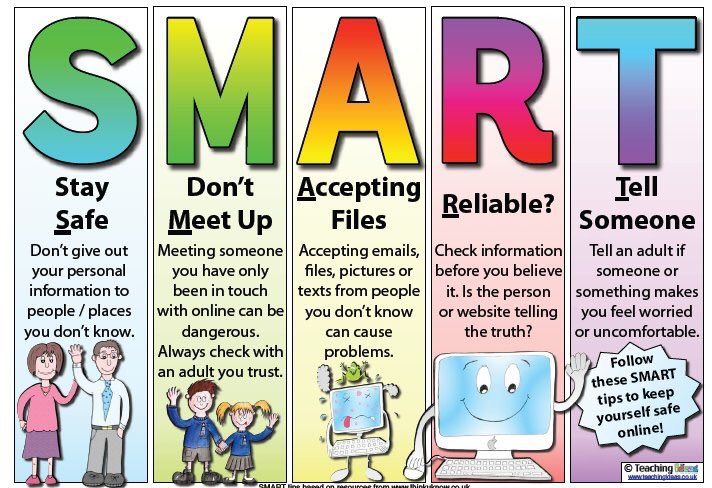 They pamper him, any of his desires is the law for parents. Explaining the need for such education, parents offer arguments that are in essence a manifestation of the mechanism of rationalization: the weakness of the child, his exclusivity, the desire to give him what they themselves were deprived of.
They pamper him, any of his desires is the law for parents. Explaining the need for such education, parents offer arguments that are in essence a manifestation of the mechanism of rationalization: the weakness of the child, his exclusivity, the desire to give him what they themselves were deprived of.  As the needs of the child become more complex, they inevitably come into conflict with the desires of others. The child can no longer freely express his needs, but must learn to correlate them with the requirements of the world around him. nine0003
As the needs of the child become more complex, they inevitably come into conflict with the desires of others. The child can no longer freely express his needs, but must learn to correlate them with the requirements of the world around him. nine0003 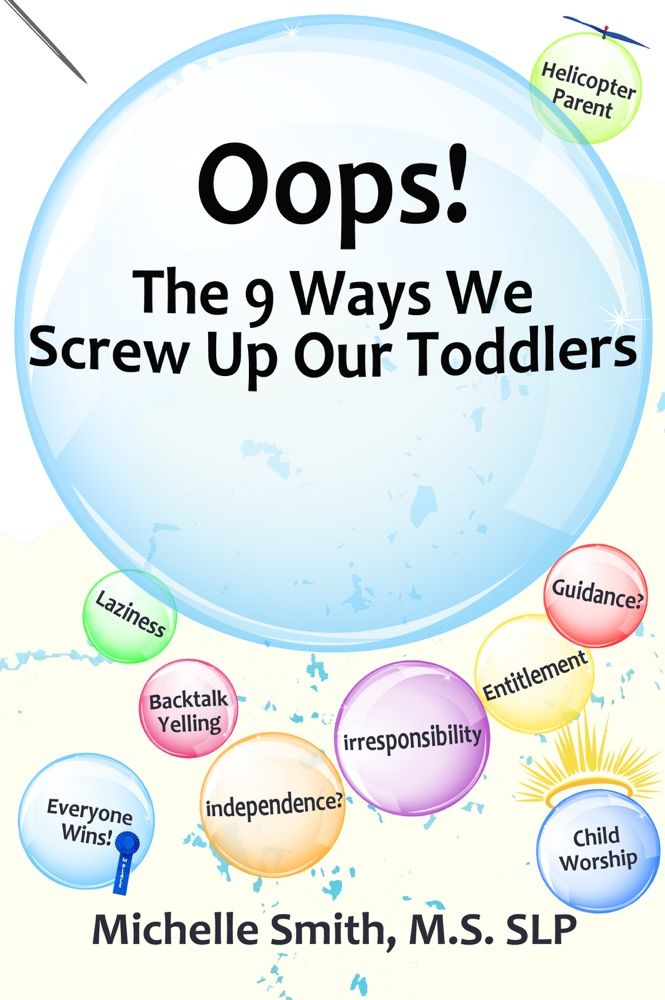 Within the disciplinary axis, any particular parental behavior falls between two extremes: from granting complete autonomy to absolute submission to the will of the parents.
Within the disciplinary axis, any particular parental behavior falls between two extremes: from granting complete autonomy to absolute submission to the will of the parents. 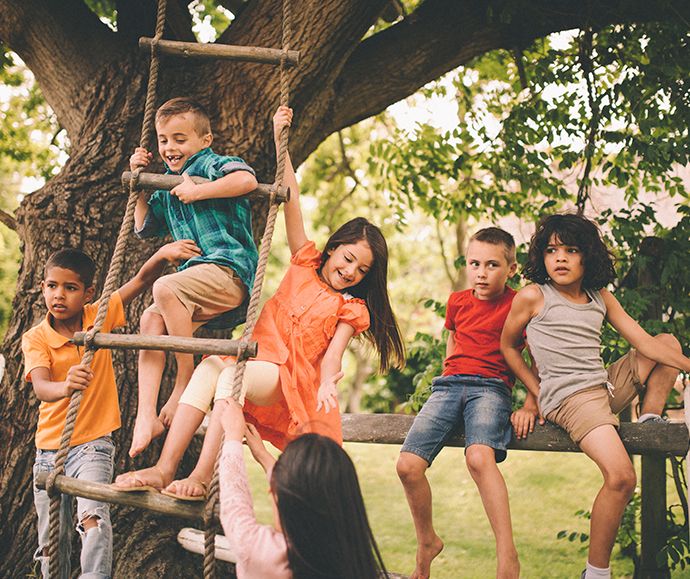 In the autocratic style, the parent determines the entire educational policy, demands a lot from the child, but does not explain his requirements to him. In a democratic style, educational policy is discussed by parents with children, that is, the essence of parental requirements is explained to the child. nine0003
In the autocratic style, the parent determines the entire educational policy, demands a lot from the child, but does not explain his requirements to him. In a democratic style, educational policy is discussed by parents with children, that is, the essence of parental requirements is explained to the child. nine0003  nine0003
nine0003 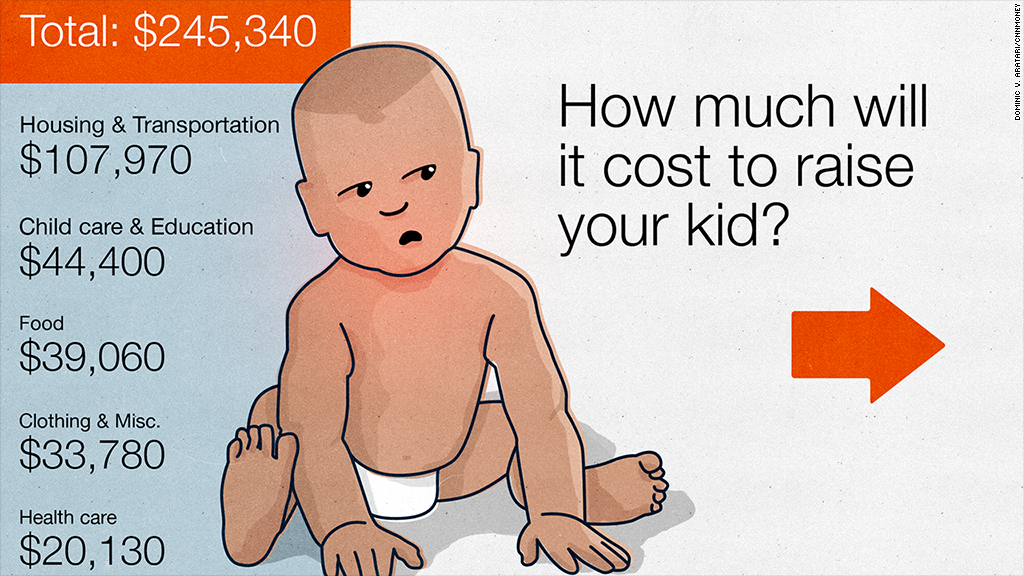 Their pedagogical tactics are based on the idea of free development of children. nine0003
Their pedagogical tactics are based on the idea of free development of children. nine0003  Here, full activity and independence of the child are allowed, there are no censures and punishments. Parents in everything go forward and often indulge inadequate, from the standpoint of common sense, the desires and requirements (whims) of children. nine0003
Here, full activity and independence of the child are allowed, there are no censures and punishments. Parents in everything go forward and often indulge inadequate, from the standpoint of common sense, the desires and requirements (whims) of children. nine0003 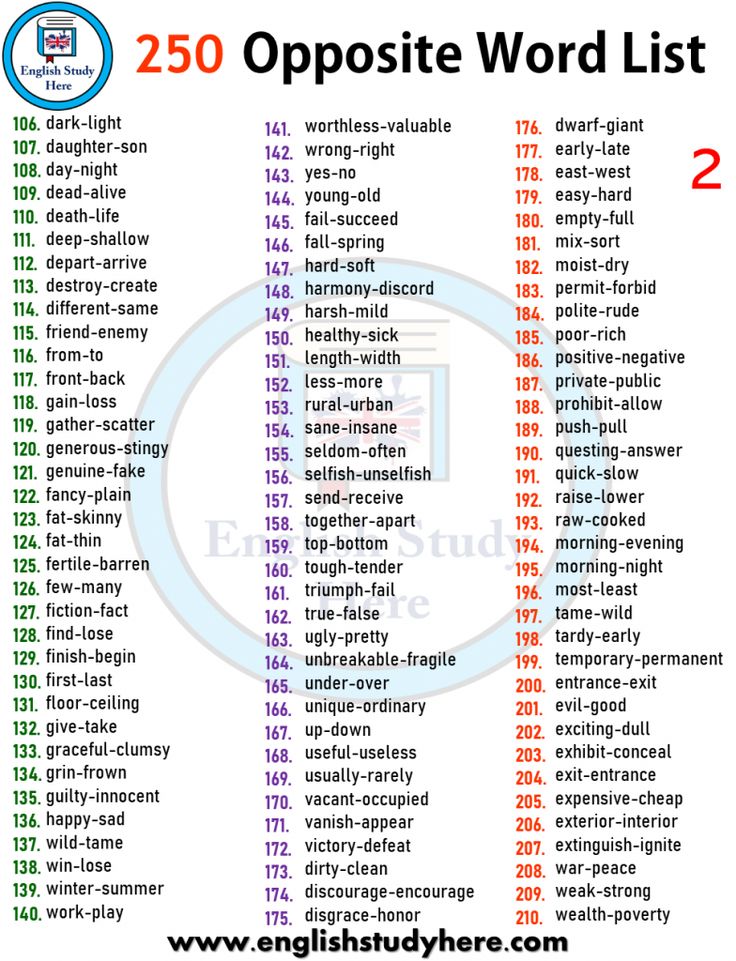 " The child controls his behavior based on the following ideas (Homentauskas, 1985):
" The child controls his behavior based on the following ideas (Homentauskas, 1985): 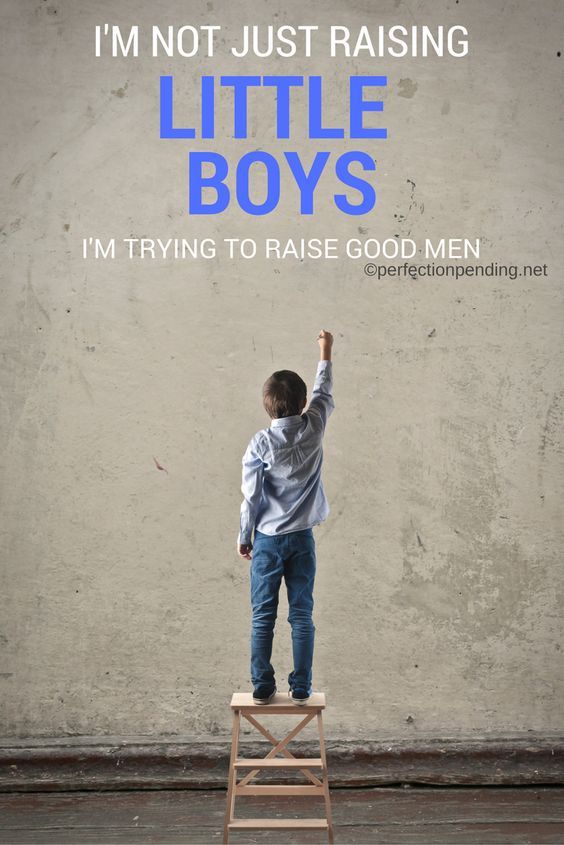
 It can be designated as follows: "Do it because I said", "Don't do it..." According to A.I. Zakharov, dominance in relation to children leads to unconditional recognition by adults of the truth of any of their points of view categorical judgments, commanding, commanding tone, imposing opinions and ready-made solutions, striving for strict discipline and limiting independence, using coercion, physical punishment. The features of authoritarian upbringing are manifested in distrust of children, their capabilities, as well as in dominance in relations with children. The creed of such parents is "I will not rest until I make him do everything I want" (Zakharov, 1988). Strict parents prescribe many prohibitions to children, keep them under close supervision, establish certain norms of behavior that children must follow. Strict parents may show contradictions in the system of requirements and prohibitions.
It can be designated as follows: "Do it because I said", "Don't do it..." According to A.I. Zakharov, dominance in relation to children leads to unconditional recognition by adults of the truth of any of their points of view categorical judgments, commanding, commanding tone, imposing opinions and ready-made solutions, striving for strict discipline and limiting independence, using coercion, physical punishment. The features of authoritarian upbringing are manifested in distrust of children, their capabilities, as well as in dominance in relations with children. The creed of such parents is "I will not rest until I make him do everything I want" (Zakharov, 1988). Strict parents prescribe many prohibitions to children, keep them under close supervision, establish certain norms of behavior that children must follow. Strict parents may show contradictions in the system of requirements and prohibitions. 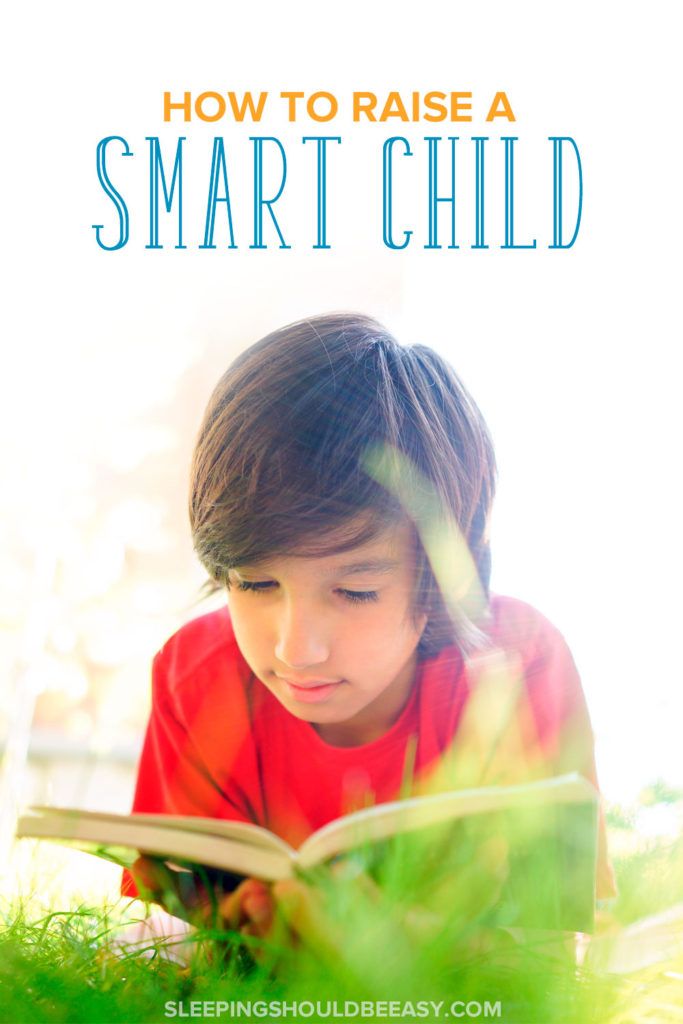 The most common is coercion (36%), which is aimed at limiting the child's activity or forcibly switching the child from one type of activity to another. It is not uncommon for mothers to use physical force to overcome a child's resistance. Thus, when reproducing the behavior of mothers in stories from pictures, the children noted: the mother "drags away by force", takes the child away from the walk, ignoring his desire to play with friends. By tightly controlling the life of the child, limiting his spontaneous activity, the mother turns the child from the subject of interaction into the object of manipulation. Unquestioning obedience is required from the child, his feelings, thoughts, desires are ignored and depreciated, the child develops dependent behavior. Many children said: I don’t want to go home, but I will go, I want to play with the guys, but I won’t. Thus, an internal conflict is laid between the child's own desires and the need to follow the mother's requirements. nine0003
The most common is coercion (36%), which is aimed at limiting the child's activity or forcibly switching the child from one type of activity to another. It is not uncommon for mothers to use physical force to overcome a child's resistance. Thus, when reproducing the behavior of mothers in stories from pictures, the children noted: the mother "drags away by force", takes the child away from the walk, ignoring his desire to play with friends. By tightly controlling the life of the child, limiting his spontaneous activity, the mother turns the child from the subject of interaction into the object of manipulation. Unquestioning obedience is required from the child, his feelings, thoughts, desires are ignored and depreciated, the child develops dependent behavior. Many children said: I don’t want to go home, but I will go, I want to play with the guys, but I won’t. Thus, an internal conflict is laid between the child's own desires and the need to follow the mother's requirements. nine0003  This was manifested in the results of testing using the projective technique "Drawing of parents in the form of non-existent animals." So, children draw mothers in the form of saber-toothed tigers, crayfish, dinosaurs, give even peace-loving animals numerous signs of aggression (well-drawn teeth, needles, claws, claws, wool). In some drawings, there is a symbolic restriction of the aggression of the parents. For example, a child puts drawn animals in a cage. nine0003
This was manifested in the results of testing using the projective technique "Drawing of parents in the form of non-existent animals." So, children draw mothers in the form of saber-toothed tigers, crayfish, dinosaurs, give even peace-loving animals numerous signs of aggression (well-drawn teeth, needles, claws, claws, wool). In some drawings, there is a symbolic restriction of the aggression of the parents. For example, a child puts drawn animals in a cage. nine0003 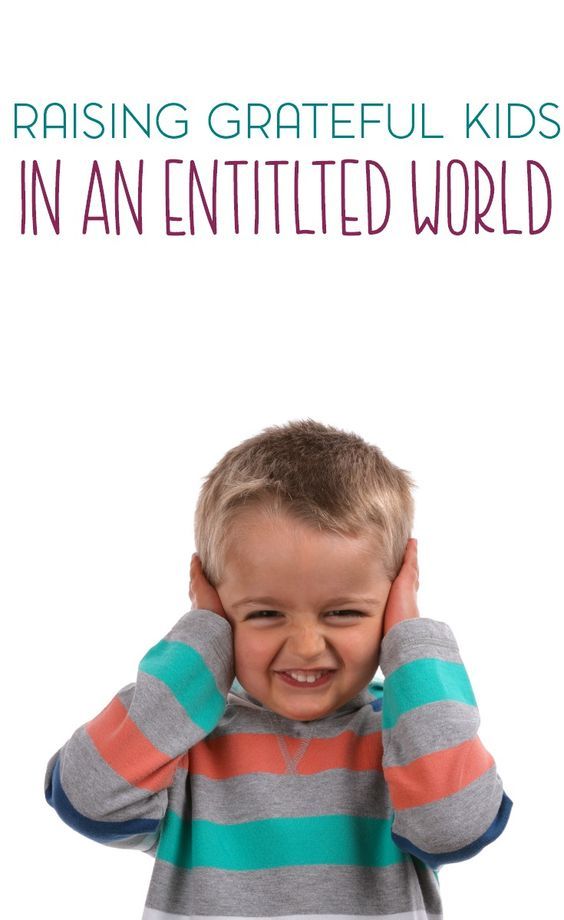 The most convex and striking feature of totalitarian family upbringing is the opposition of adults to children, which causes a response opposition of children to adults (Kagan, 1992).
The most convex and striking feature of totalitarian family upbringing is the opposition of adults to children, which causes a response opposition of children to adults (Kagan, 1992).  Parents set the highest goals for the child in various areas of life, have high hopes for the future of their child, his abilities and talents. Parents love not so much the child himself, but his ideal image.
Parents set the highest goals for the child in various areas of life, have high hopes for the future of their child, his abilities and talents. Parents love not so much the child himself, but his ideal image. 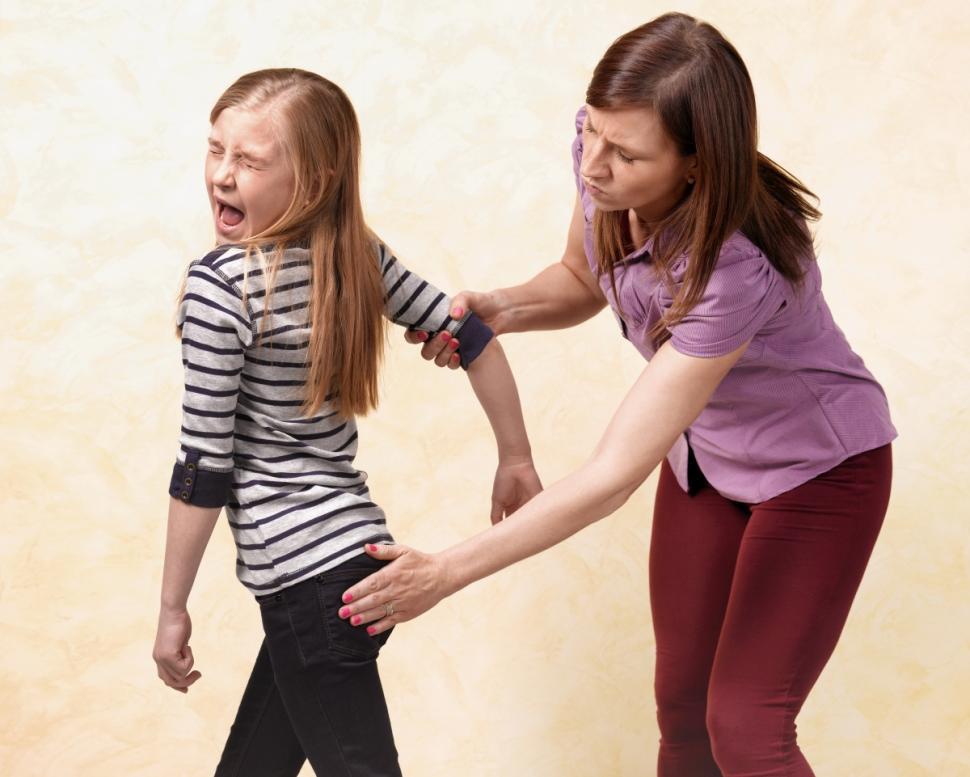
 To do something differently than the parents, and, in particular, the mother, means to be punished, to be bad, which, in turn, leads to deprivation of love, and since the need for love is one of the most important for a child, the failure to satisfy this need leads to frustration and neurosis. nine0003
To do something differently than the parents, and, in particular, the mother, means to be punished, to be bad, which, in turn, leads to deprivation of love, and since the need for love is one of the most important for a child, the failure to satisfy this need leads to frustration and neurosis. nine0003  So, for example, patients with stomach ulcers often indicate that their parental family was distinguished by a desire for dominance and suppression.
So, for example, patients with stomach ulcers often indicate that their parental family was distinguished by a desire for dominance and suppression. 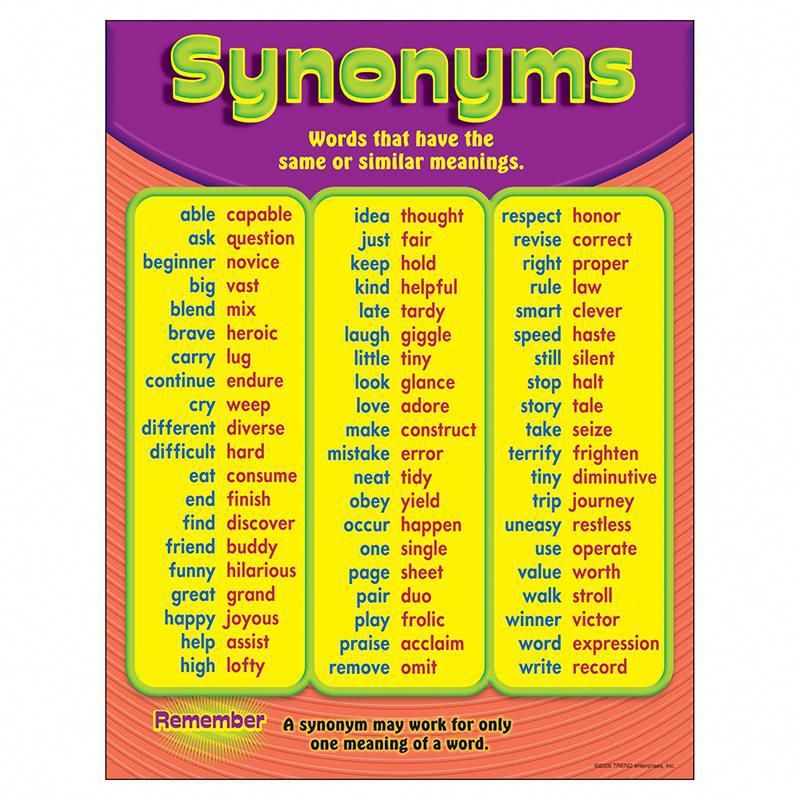 They were distinguished by good physical development, social activity, ease of making contacts with their peers, but they were not characterized by altruism, sensitivity and empathy. The children of parents with a controlling type of upbringing were obedient, suggestible, fearful, not too persistent in achieving their own goals, and non-aggressive. With a mixed style of upbringing, children were characterized by suggestibility, obedience, emotional sensitivity, non-aggression, lack of curiosity, originality of thinking, and poor imagination. nine0003
They were distinguished by good physical development, social activity, ease of making contacts with their peers, but they were not characterized by altruism, sensitivity and empathy. The children of parents with a controlling type of upbringing were obedient, suggestible, fearful, not too persistent in achieving their own goals, and non-aggressive. With a mixed style of upbringing, children were characterized by suggestibility, obedience, emotional sensitivity, non-aggression, lack of curiosity, originality of thinking, and poor imagination. nine0003  Avoiders - with a predominance of a sad and sad mood, it is difficult to establish contacts with peers. nine0017 Immature - insecure, with poor self-control, with reactions of refusal in frustration situations.
Avoiders - with a predominance of a sad and sad mood, it is difficult to establish contacts with peers. nine0017 Immature - insecure, with poor self-control, with reactions of refusal in frustration situations. 
 nine0003
nine0003 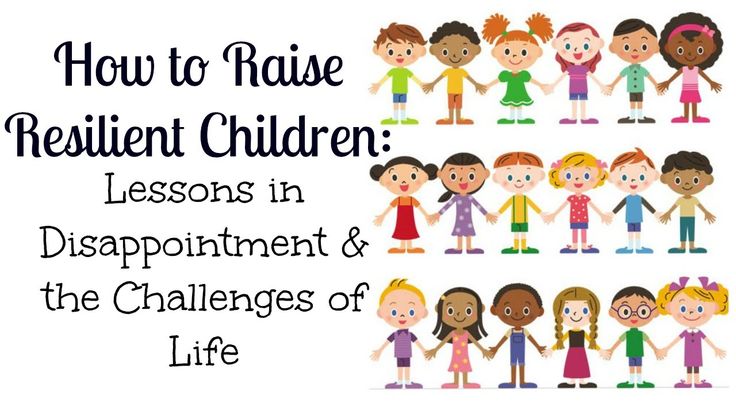
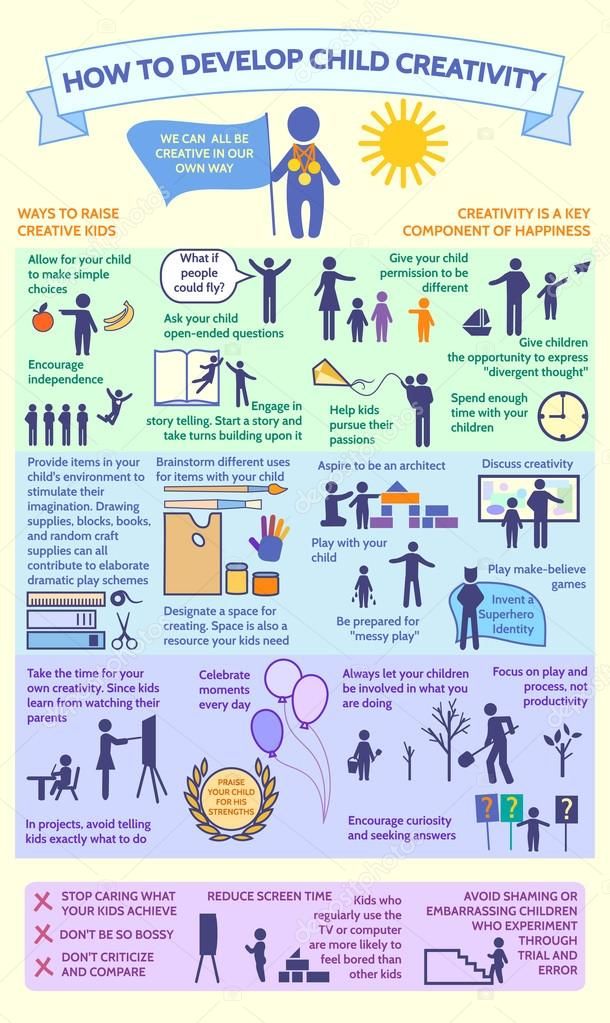 ” This is the most powerful way to influence a child, since emotional punishment can be long-term, moreover, a strong threat acts on the child in this case - the fear of losing the object of love. nine0003
” This is the most powerful way to influence a child, since emotional punishment can be long-term, moreover, a strong threat acts on the child in this case - the fear of losing the object of love. nine0003  For example, you can explain to the child his behavior, appealing to his pride, to the desire to "be an adult", to explain the reasonableness of discipline. nine0003
For example, you can explain to the child his behavior, appealing to his pride, to the desire to "be an adult", to explain the reasonableness of discipline. nine0003  For example, a child may act aggressively towards other children because he is scared. An adult must prevent or stop such reactions, but at the same time, he must help the child cope with fear. The child must be shown that an adult understands his feelings, he must learn that people often get angry and angry when they are upset. Knowing this, the child will work through his feelings instead of acting aggressively towards other people. nine0003
For example, a child may act aggressively towards other children because he is scared. An adult must prevent or stop such reactions, but at the same time, he must help the child cope with fear. The child must be shown that an adult understands his feelings, he must learn that people often get angry and angry when they are upset. Knowing this, the child will work through his feelings instead of acting aggressively towards other people. nine0003 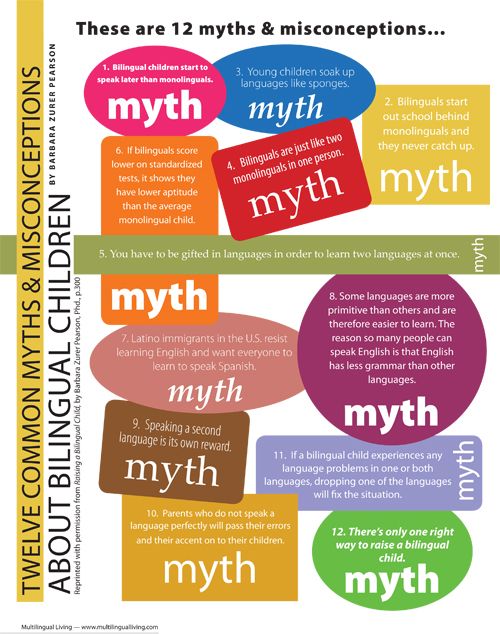 Then the adult message will most likely sound something like this: "You did something wrong, and I want you to do it better in the future", and not like this: "You are worthless and deserve to be punished" (Waters, 1988). Physical punishment of a child gives rise to anger in him, a feeling of helplessness. If an adult uses punishment as a last resort of discipline, then he should do so without anger. If an adult punishes a child in a state of anger, then he, as it were, shows the child: "I, an adult, cannot control myself, but I demand self-control from you."
Then the adult message will most likely sound something like this: "You did something wrong, and I want you to do it better in the future", and not like this: "You are worthless and deserve to be punished" (Waters, 1988). Physical punishment of a child gives rise to anger in him, a feeling of helplessness. If an adult uses punishment as a last resort of discipline, then he should do so without anger. If an adult punishes a child in a state of anger, then he, as it were, shows the child: "I, an adult, cannot control myself, but I demand self-control from you." 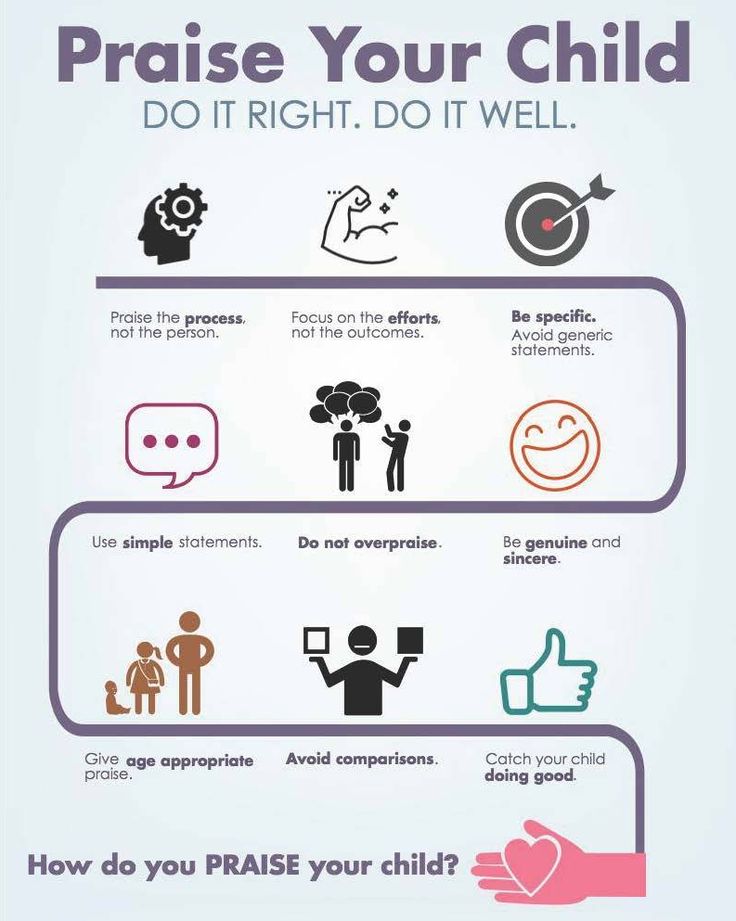 A two-year-old child has behavioral problems, as he is overly active in mastering reality and resists if his parents want to control him. These are all natural steps in the development of a child's autonomy, and parents need to be understanding and patient. The best way to discipline a child of this age is to have a minimum of restrictions and organize the child's environment in such a way that he has the opportunity to explore different objects. Parents also need to be able to say "no" firmly and calmly and keep away from the child those things that should not be touched. nine0003
A two-year-old child has behavioral problems, as he is overly active in mastering reality and resists if his parents want to control him. These are all natural steps in the development of a child's autonomy, and parents need to be understanding and patient. The best way to discipline a child of this age is to have a minimum of restrictions and organize the child's environment in such a way that he has the opportunity to explore different objects. Parents also need to be able to say "no" firmly and calmly and keep away from the child those things that should not be touched. nine0003  A teenager is full of internal contradictions that parents must understand and accept.
A teenager is full of internal contradictions that parents must understand and accept. 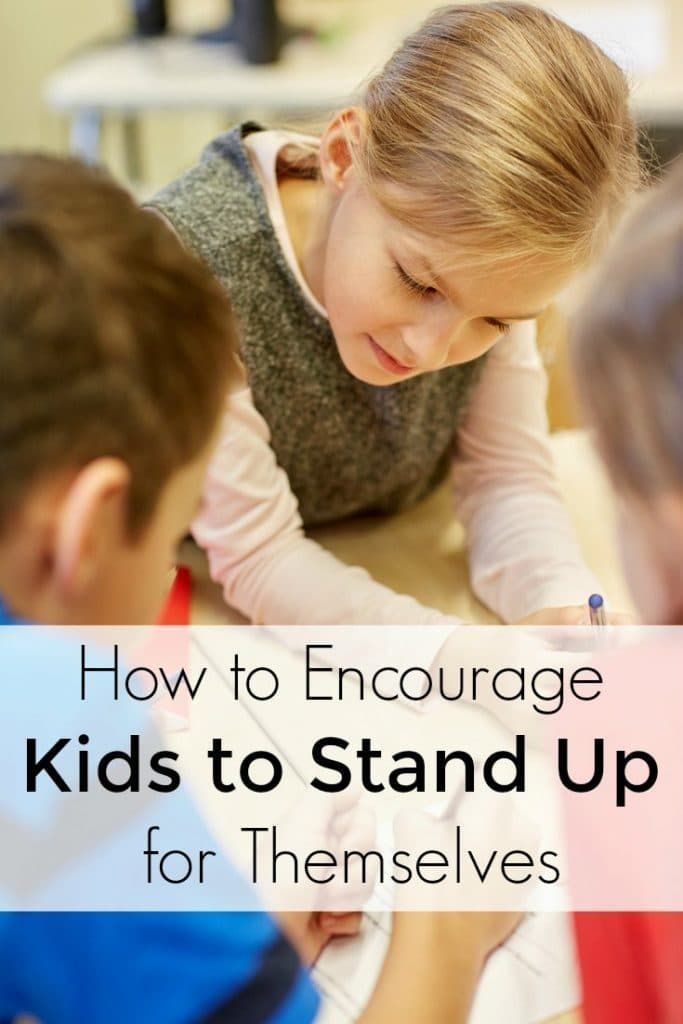 He doesn't listen to anything. And finally, there are adults who are completely uncontrollable (from the side of society). They are most often referred to as criminals, but this is also an interesting problem. nine0003
He doesn't listen to anything. And finally, there are adults who are completely uncontrollable (from the side of society). They are most often referred to as criminals, but this is also an interesting problem. nine0003 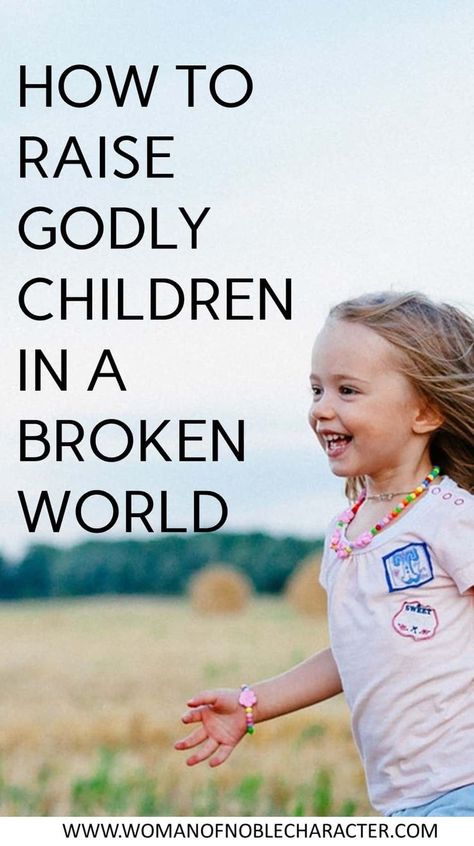 It is all the more stupid to punish teenagers (depriving them of walks and taking away gadgets).
It is all the more stupid to punish teenagers (depriving them of walks and taking away gadgets). 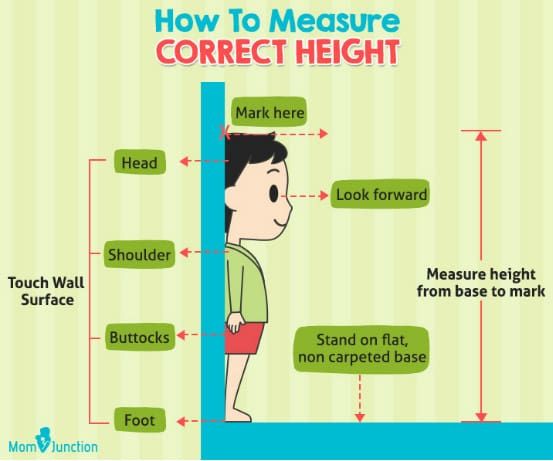 Among social factors, Gumilyov singled out such a factor as the intersection of ethnic groups, not so much different genes, but radically different cultures. nine0003
Among social factors, Gumilyov singled out such a factor as the intersection of ethnic groups, not so much different genes, but radically different cultures. nine0003 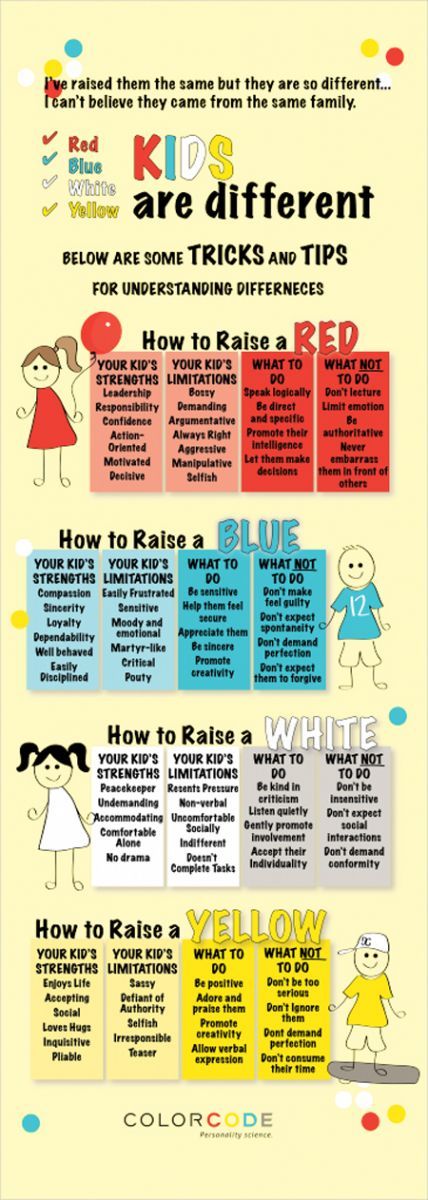 nine0003
nine0003 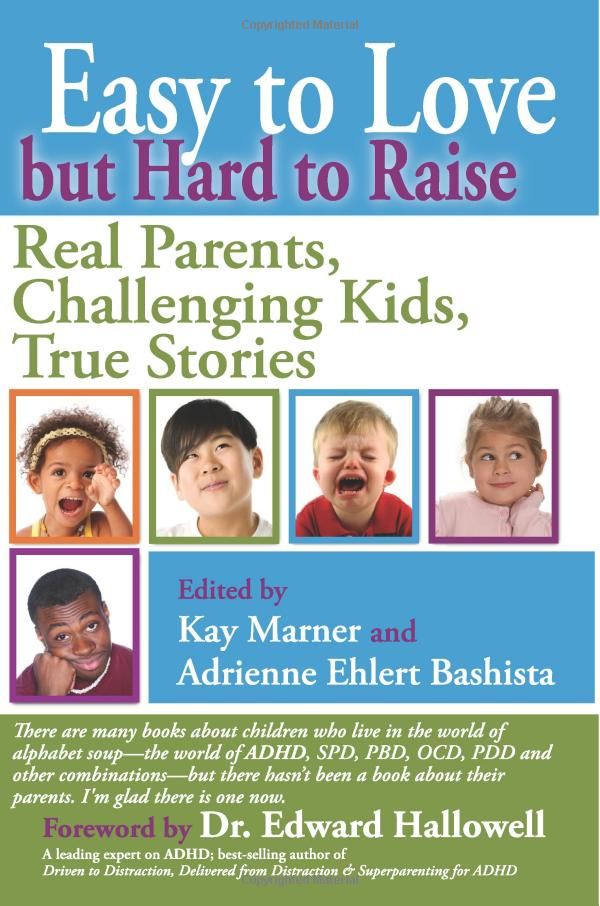 Because aggression is an additional energy that is released in an attempt to overcome an obstacle. You ran into a barrier and in a rage tried to break it. You are not completely frustrated because you are still trying to keep moving towards the goal, albeit in such a destructive way. nine0003
Because aggression is an additional energy that is released in an attempt to overcome an obstacle. You ran into a barrier and in a rage tried to break it. You are not completely frustrated because you are still trying to keep moving towards the goal, albeit in such a destructive way. nine0003 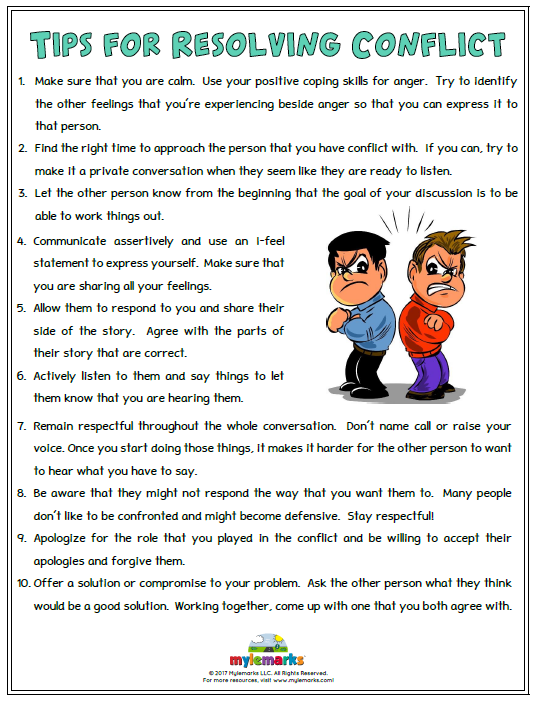 He will never give up on his goal. He will either die or head-butt the barrier (and yes, most do die, of course). In extreme cases, he will come up with a way to get around this wall, but not in a roundabout way and will not wait long, because he is seething with passion. Passionarity is a strong passion (passion = passion).
He will never give up on his goal. He will either die or head-butt the barrier (and yes, most do die, of course). In extreme cases, he will come up with a way to get around this wall, but not in a roundabout way and will not wait long, because he is seething with passion. Passionarity is a strong passion (passion = passion). 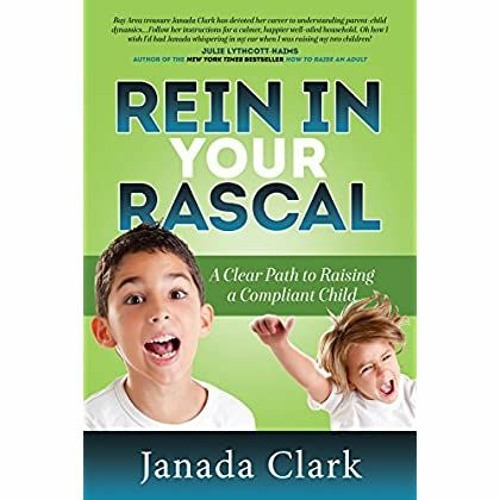 However, if we do not take extremes, that is, we do not consider the prohibitively high threshold of frustration, but simply consider it elevated, then we see a very purposeful person, perhaps a hero, and possibly a criminal, but the personality is quite strong (until she was physically broken or killed) . nine0003
However, if we do not take extremes, that is, we do not consider the prohibitively high threshold of frustration, but simply consider it elevated, then we see a very purposeful person, perhaps a hero, and possibly a criminal, but the personality is quite strong (until she was physically broken or killed) . nine0003 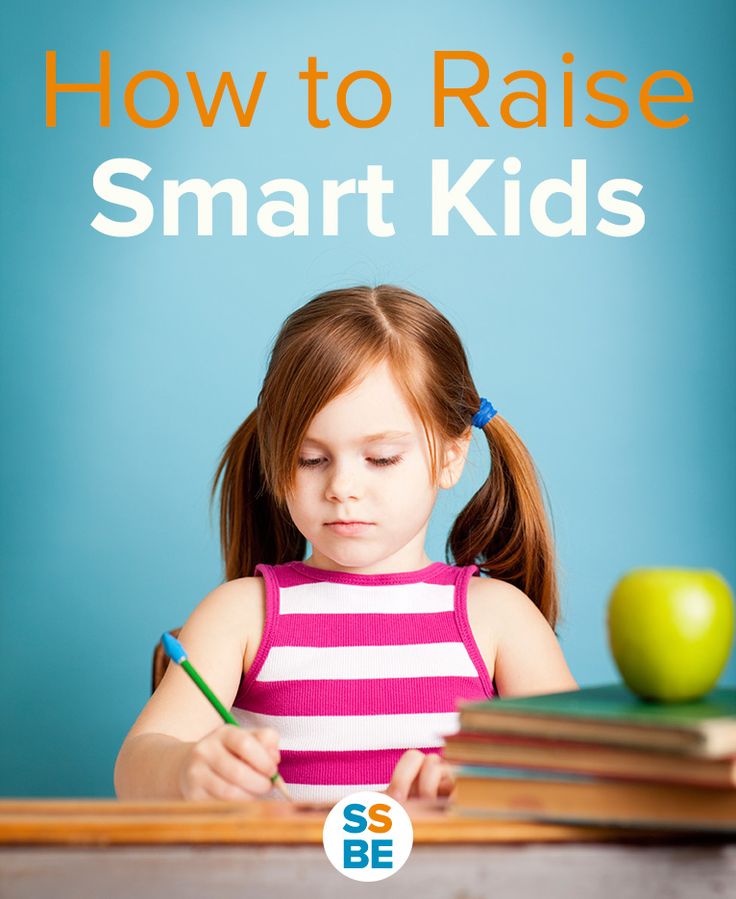
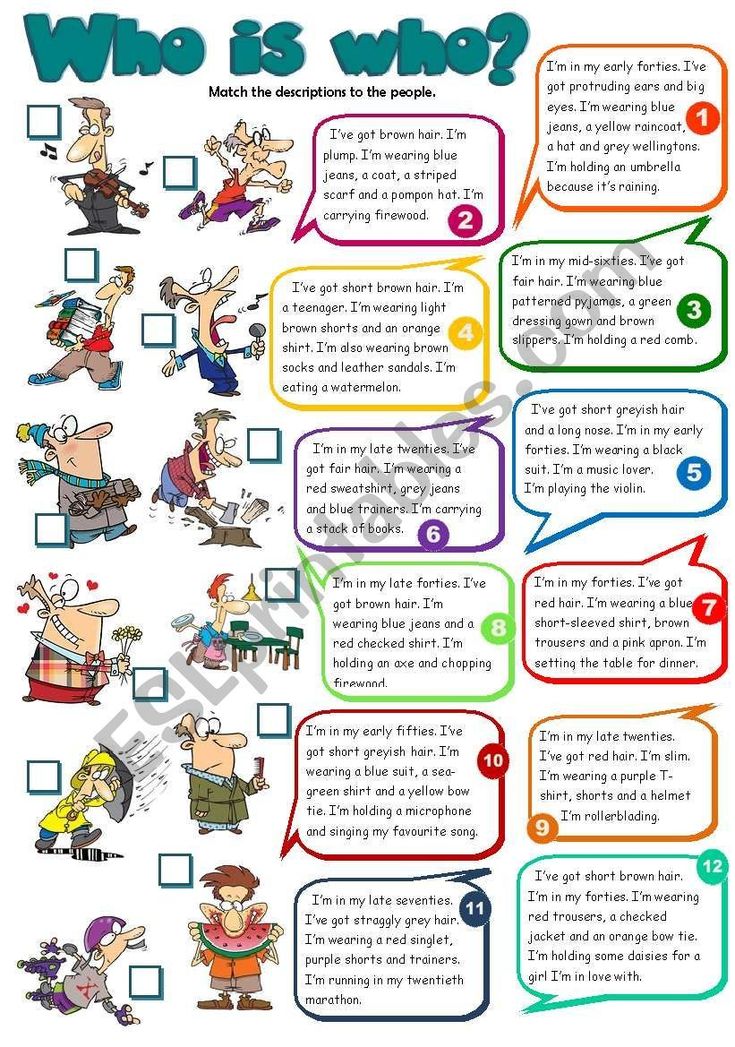 Everything is good in moderation. nine0003
Everything is good in moderation. nine0003 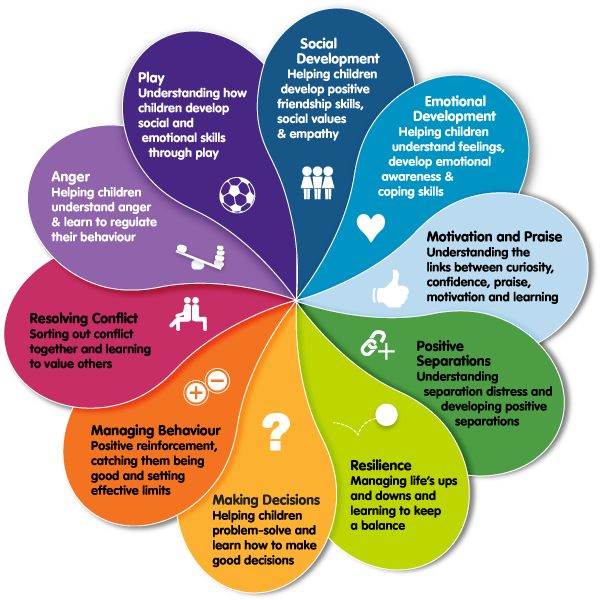 Yes, let's not be afraid of big words, it's something like this happens. Not always, fortunately, but often. nine0003
Yes, let's not be afraid of big words, it's something like this happens. Not always, fortunately, but often. nine0003 
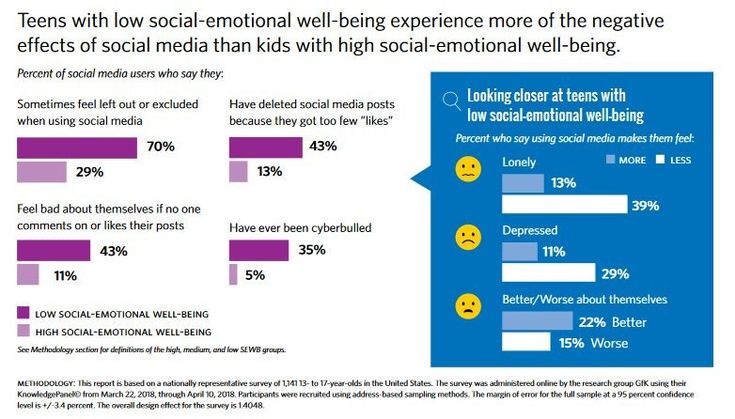 But their energy can be redirected by suggesting another goal or several goals. And this is the ONLY way. Do you understand? It is almost impossible to ban, stop, intimidate, prove.
But their energy can be redirected by suggesting another goal or several goals. And this is the ONLY way. Do you understand? It is almost impossible to ban, stop, intimidate, prove. 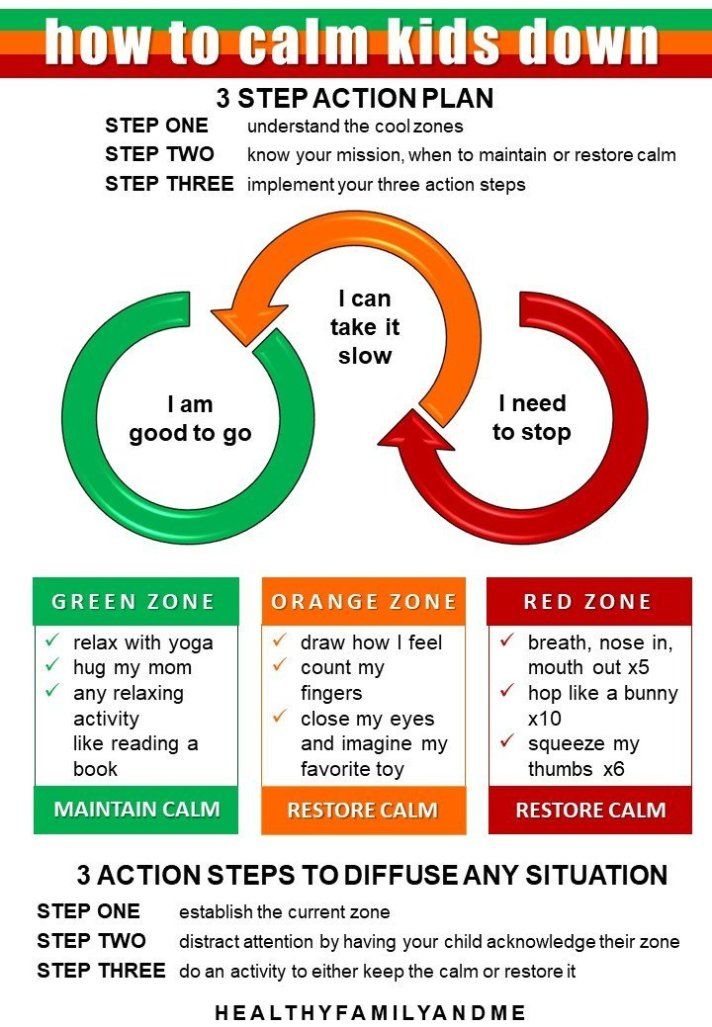 They experience a real torment, the strongest torment of hell, when you make them just sit or do something boring, useful, but uninteresting. They need emotions, they are emotional gluttons from birth. They will grow up and learn self-regulation, but for now it is very difficult for them to live in your boring adult world. nine0003
They experience a real torment, the strongest torment of hell, when you make them just sit or do something boring, useful, but uninteresting. They need emotions, they are emotional gluttons from birth. They will grow up and learn self-regulation, but for now it is very difficult for them to live in your boring adult world. nine0003 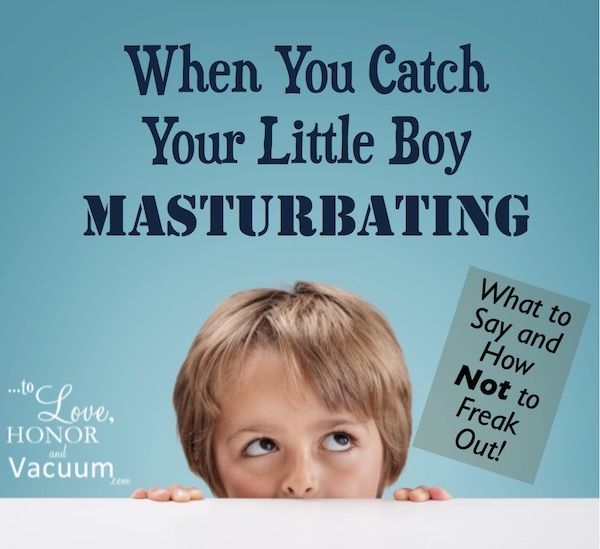 It's hard to imagine, but it's true. This is very typical for passionaries: in emotional heat they do not feel and are not afraid of pain. And if the pain threshold has been trained since childhood, then even more so they love to fight.
It's hard to imagine, but it's true. This is very typical for passionaries: in emotional heat they do not feel and are not afraid of pain. And if the pain threshold has been trained since childhood, then even more so they love to fight. 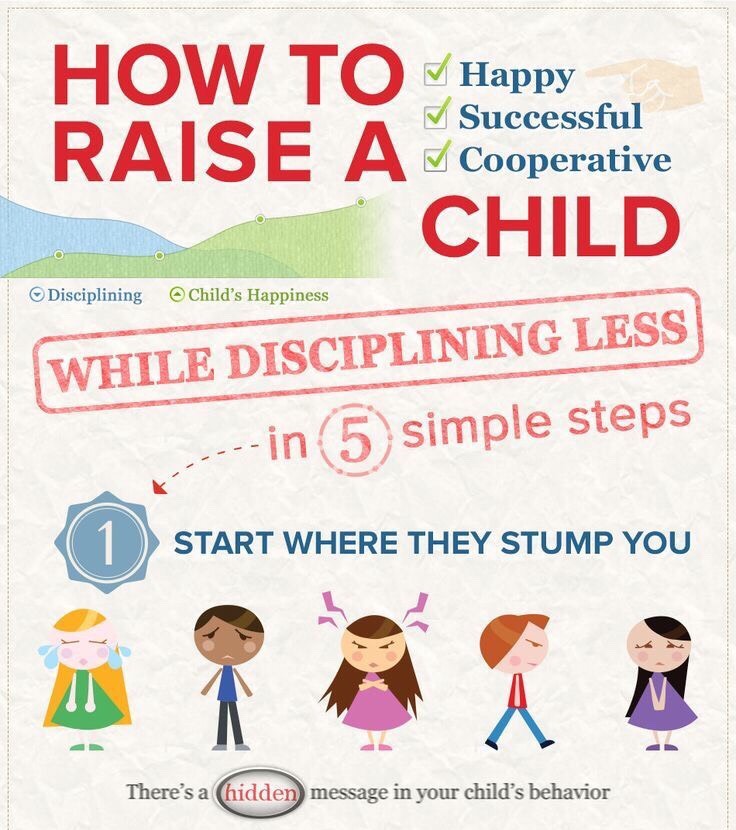 Do not think that their goal is to drive you crazy, but for them it is better than just sitting in unbearable four walls in an endless stretch of time. Time for such a child is stretched so that every five minutes turn into five weeks. Imagine that you have to sit and stare at a wall for five weeks. You want to smash your head against that wall, don't you? This is exactly what your child wants. nine0003
Do not think that their goal is to drive you crazy, but for them it is better than just sitting in unbearable four walls in an endless stretch of time. Time for such a child is stretched so that every five minutes turn into five weeks. Imagine that you have to sit and stare at a wall for five weeks. You want to smash your head against that wall, don't you? This is exactly what your child wants. nine0003 
